42 Lesser-Known Superfoods That Pack More Nutrients Than Kale
Kale may have dominated the spotlight as the quintessential superfood, but it’s no longer the only nutritional powerhouse you should be paying attention to. As research continues to deepen our understanding of how food impacts everything from immunity to brain health, a vibrant new class of nutrient-dense all-stars is stepping into the limelight. That’s why we’ve expanded our list to 42 next-level superfoods—a bold collection of plant-based powerhouses, ancient grains, adaptogenic roots, and even surprising marine treasures that go way beyond the kale hype. These foods aren’t just trendy—they’re backed by science and brimming with benefits for gut health, cognitive function, inflammation reduction, and long-term vitality. Whether you're upgrading your morning smoothie, building a smarter lunch bowl, or looking for everyday ingredients with extraordinary health perks, these superfoods can help you fuel your body with purpose and flavor.
1. Moringa: The Miracle Tree
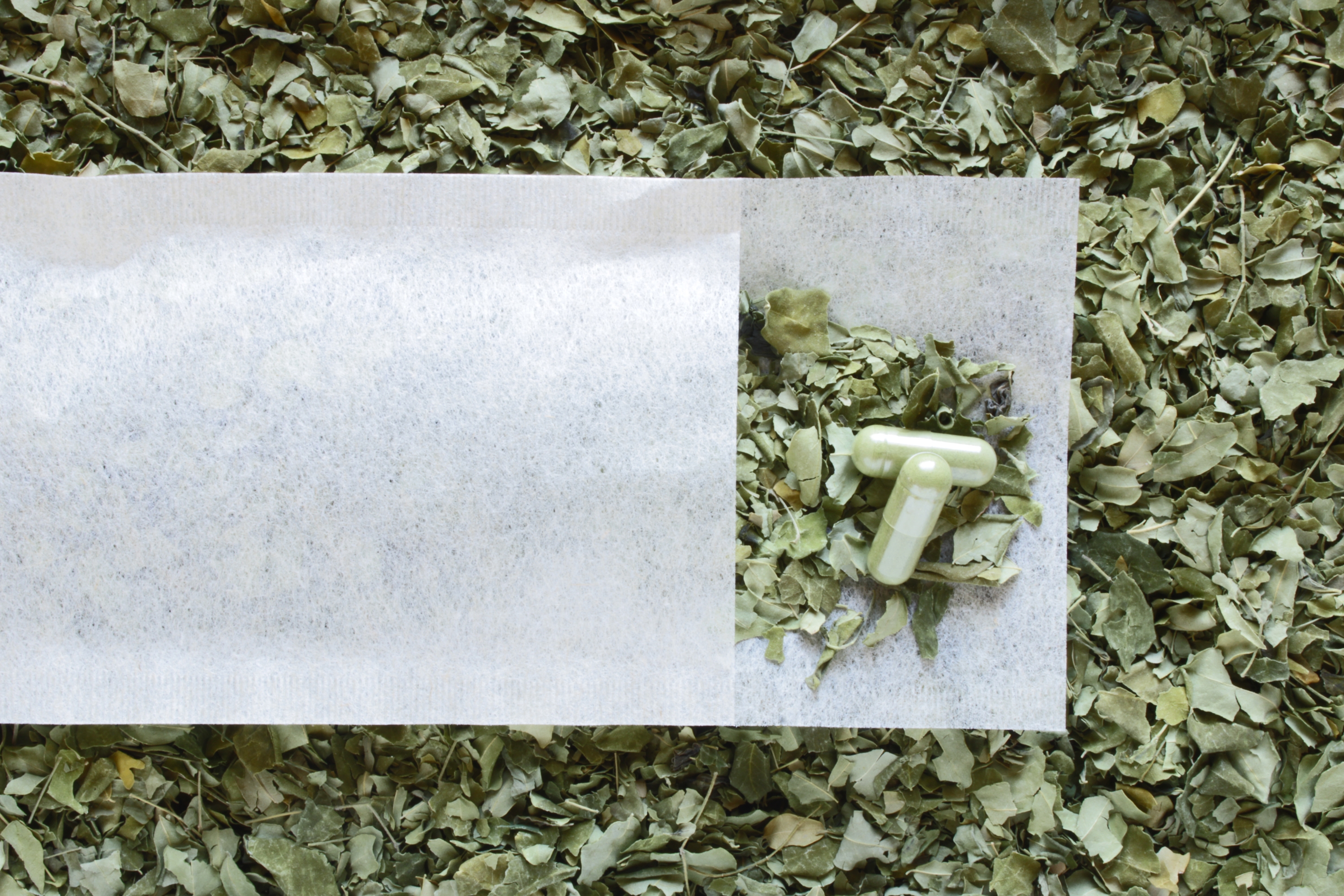
Moringa oleifera, often referred to as the "miracle tree," is a fast-growing, drought-resistant tree native to the Indian subcontinent. Every part of this tree is edible, from its leaves to its seeds, and it is revered for its impressive nutrient profile. Moringa leaves are rich in vitamins A, C, and E, calcium, potassium, and protein, making them a formidable competitor to kale. Studies have shown that moringa leaves contain seven times more vitamin C than oranges and fifteen times more potassium than bananas. Beyond these nutrients, moringa is packed with antioxidants, which help combat oxidative stress and inflammation in the body. The versatility of moringa makes it easy to incorporate into various dishes. The leaves can be dried and ground into a powder, which can then be added to smoothies, soups, or stews. The seeds can be eaten raw or roasted and are known for their ability to purify water. Moringa's potential health benefits extend to its anti-inflammatory and anti-diabetic properties, making it a valuable addition to the diet of those managing chronic conditions. As we continue to explore nutrient powerhouses that surpass kale, moringa stands out as a holistic option that offers both nutritional and medicinal benefits.
2. Baobab: The African Superfruit
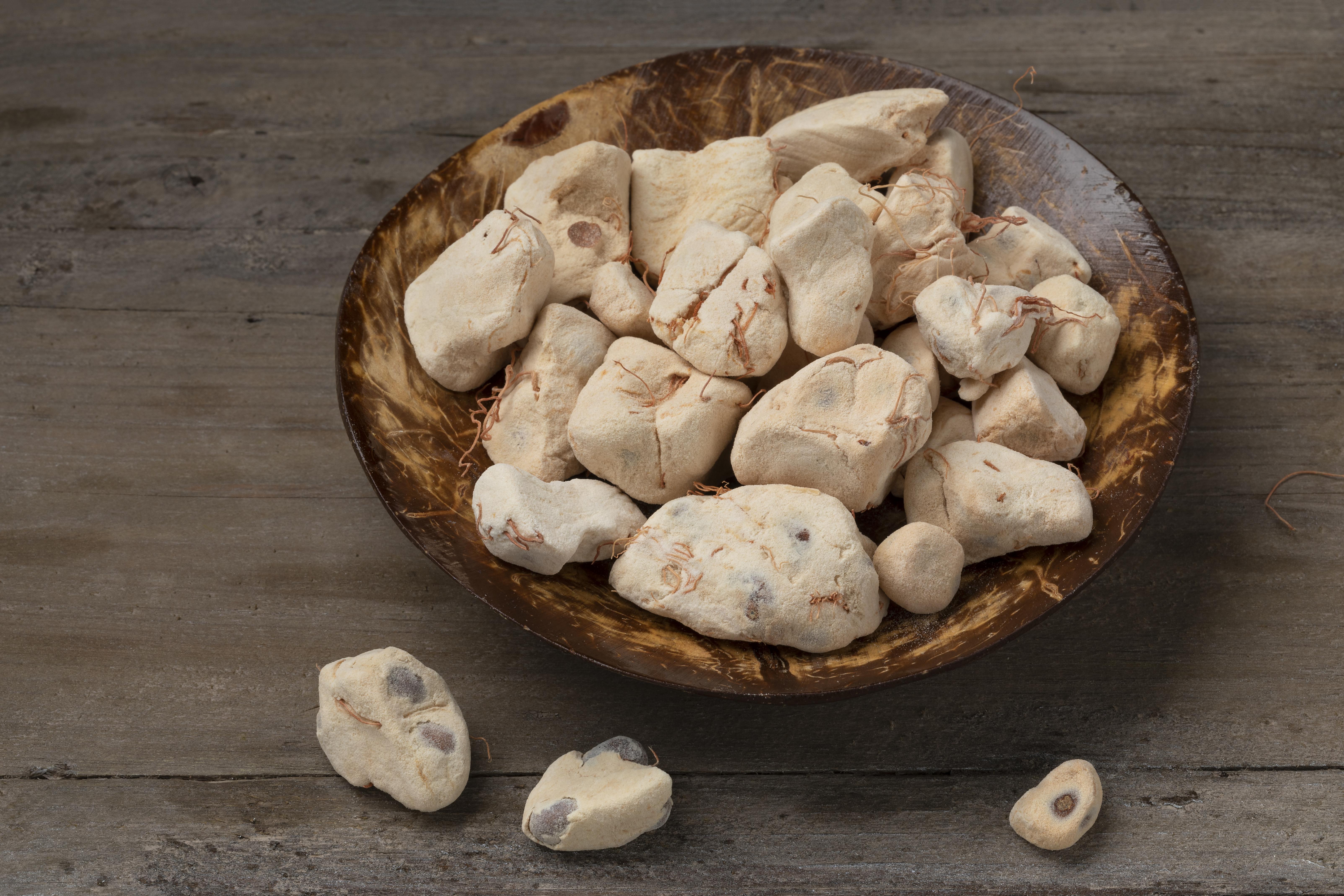
The baobab tree, often dubbed the "tree of life," is a symbol of resilience and longevity in African landscapes. Its fruit, which is naturally dry and powdery, is a nutritional powerhouse that has been used for centuries in traditional African medicine. Baobab fruit is rich in vitamin C, providing six times more than an orange, and is a good source of fiber, calcium, magnesium, and potassium. The high fiber content, particularly soluble fiber, aids in digestion and supports a healthy gut microbiome. Baobab's antioxidant capacity is another reason it surpasses kale. It contains polyphenols that help reduce inflammation and oxidative stress, contributing to overall health and well-being. The fruit's tangy, citrus-like flavor makes it a versatile ingredient in smoothies, energy bars, and even baked goods. It can also be used as a natural sweetener or thickener in recipes. The unique nutritional profile of baobab, combined with its potential health benefits, makes it a worthy addition to any diet, especially for those seeking to diversify their sources of essential nutrients.
3. Amaranth: The Ancient Grain of the Aztecs
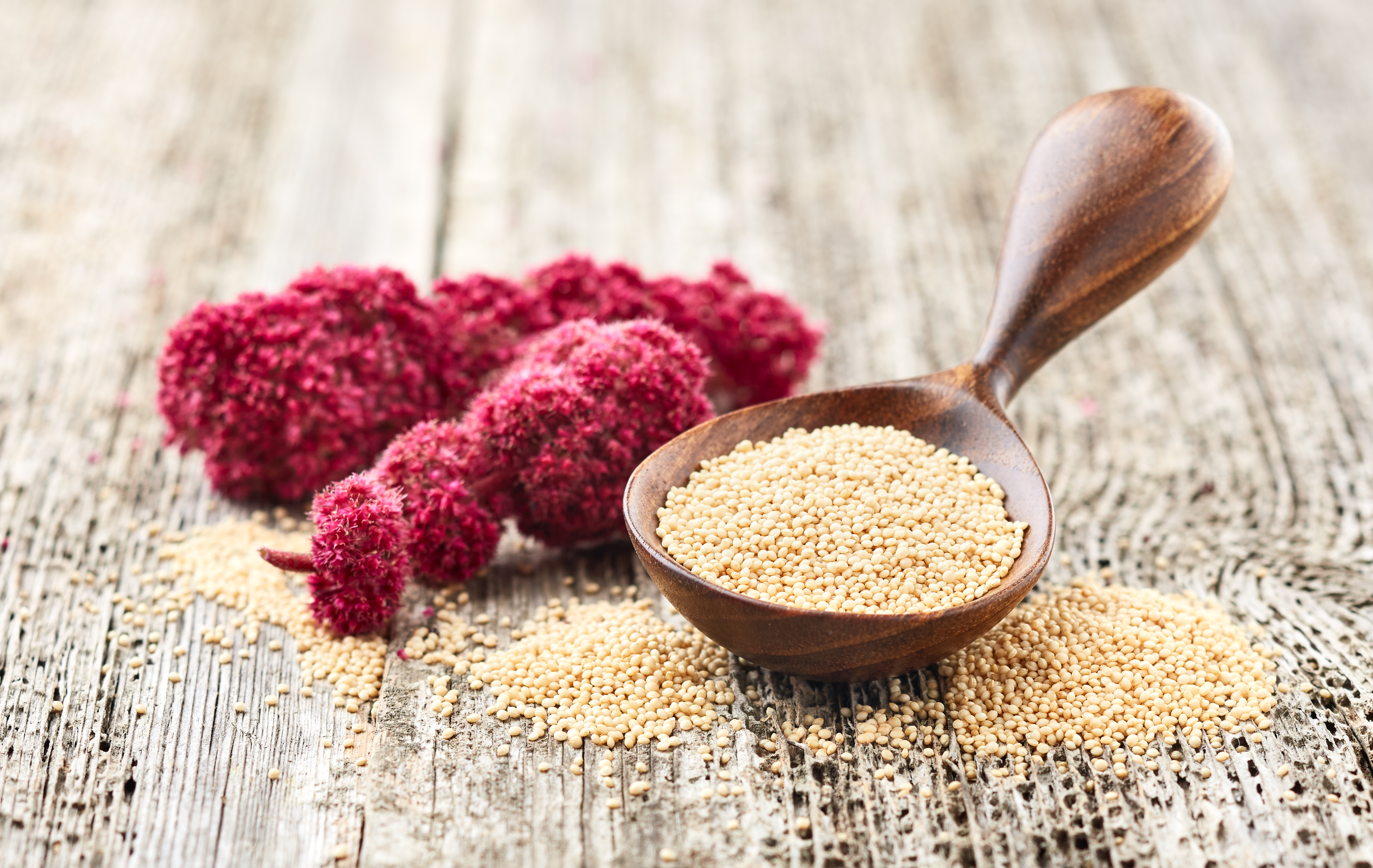
Amaranth is an ancient grain that dates back thousands of years and was a staple food of the Aztec civilization. Despite its long history, it remains relatively unknown in modern diets. This gluten-free grain is packed with protein, boasting a higher protein content than most other grains, including quinoa. It contains all nine essential amino acids, making it a complete protein source. Amaranth is also rich in iron, magnesium, phosphorus, and manganese, contributing to its status as a nutritional powerhouse. The health benefits of amaranth extend beyond its nutrient content. It is known for its ability to lower cholesterol levels, reduce inflammation, and support bone health. The grain's high fiber content aids in digestion and helps maintain a healthy weight. Amaranth can be cooked like rice or popped like popcorn, making it a versatile addition to salads, soups, and breakfast cereals. Its mild, nutty flavor complements a variety of dishes, allowing it to seamlessly integrate into diverse culinary traditions. As we continue to explore nutrient powerhouses, amaranth's unique combination of nutrients and health benefits make it a compelling alternative to kale.
4. Spirulina: The Blue-Green Algae
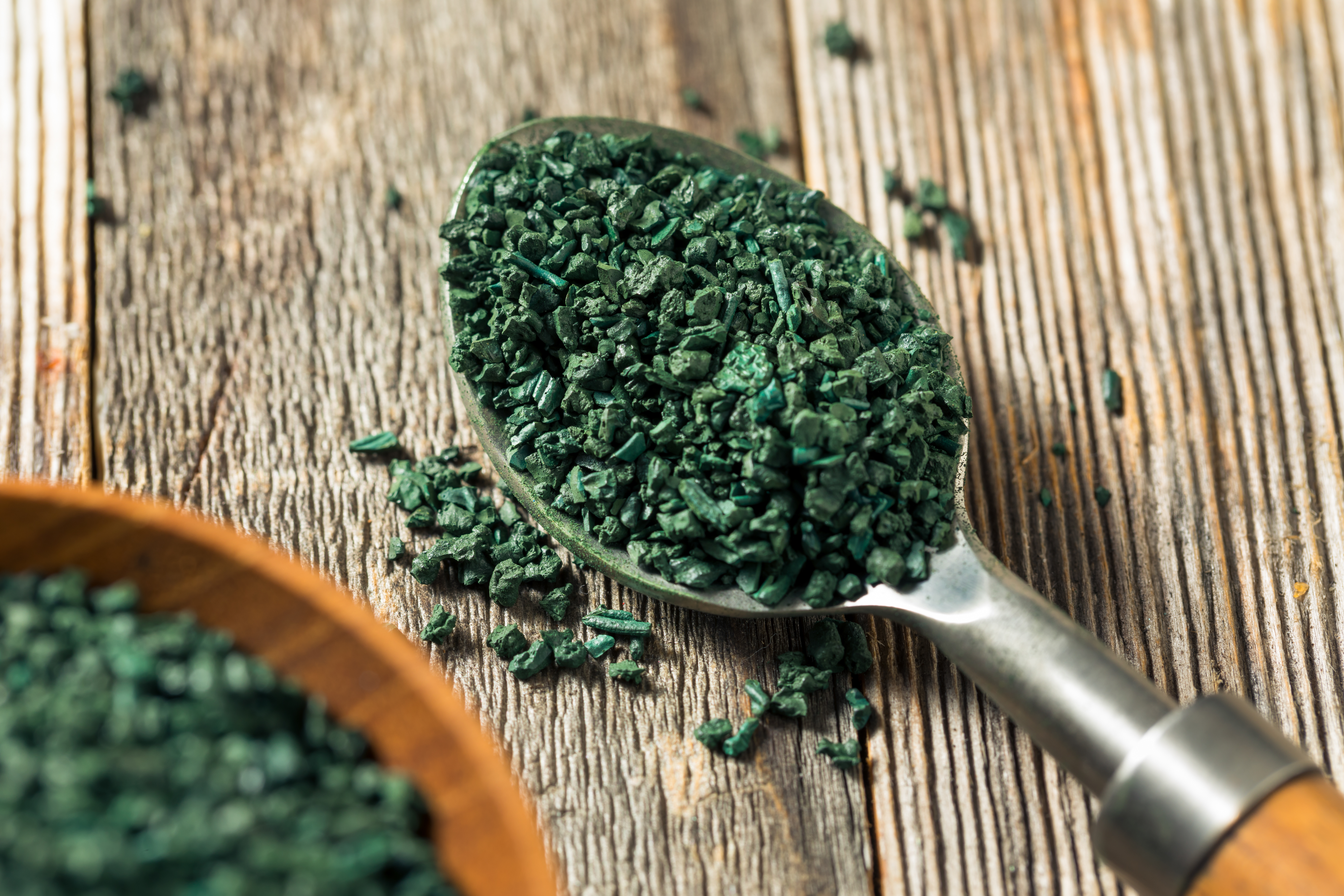
Spirulina, a type of blue-green algae, is one of the most nutrient-dense foods on the planet. It has been consumed for centuries by indigenous peoples in Africa and Central America and has gained popularity in recent years as a potent superfood. Spirulina is an excellent source of protein, providing all essential amino acids, and is rich in vitamins B1, B2, B3, copper, and iron. Its high chlorophyll content gives it a vibrant green color and contributes to its detoxifying properties. The health benefits of spirulina are extensive. It has been shown to lower blood pressure, improve cholesterol levels, and boost the immune system. Spirulina's antioxidant properties help protect cells from damage and reduce inflammation, making it a valuable addition to the diet of those with chronic illnesses. The algae can be consumed in powder or tablet form and is often added to smoothies, juices, or energy bars. Its slightly earthy taste may take some getting used to, but the nutritional benefits are well worth the effort. As we continue to explore nutrient powerhouses, spirulina's impressive nutrient profile and health benefits make it a standout option.
5. Camu Camu: The Vitamin C Giant
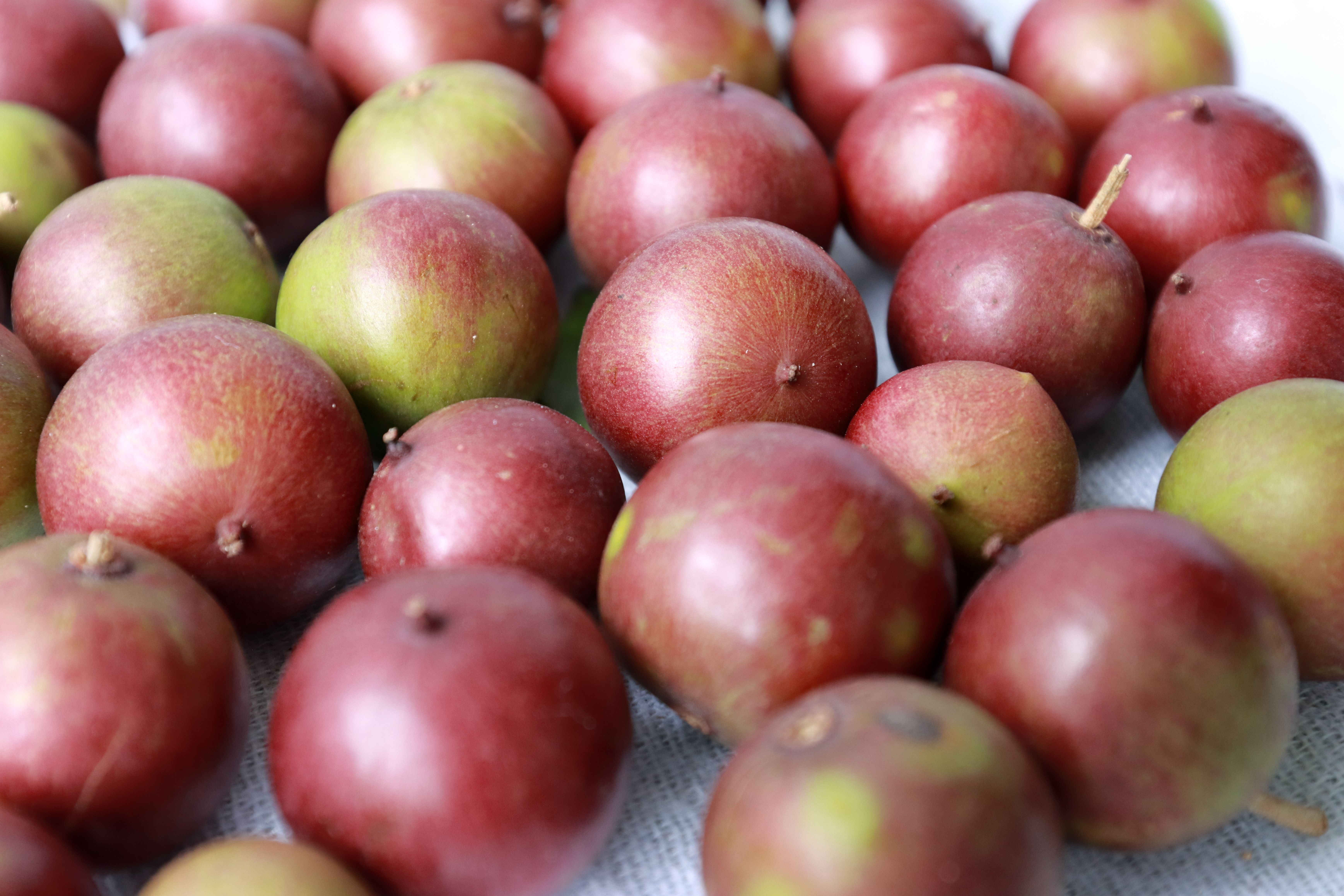
Camu camu is a small, sour berry native to the Amazon rainforest, and it is one of the richest sources of vitamin C on the planet. With up to 60 times more vitamin C than an orange, camu camu is a potent immune booster and antioxidant. In addition to vitamin C, the berry contains potassium, calcium, and amino acids, contributing to its overall nutritional profile. Its high antioxidant content helps fight free radicals and reduce inflammation, supporting overall health and well-being. Camu camu's tart flavor makes it a versatile ingredient in smoothies, juices, and desserts. It can also be found in powdered form, making it easy to add to various recipes. The berry's potential health benefits extend to its ability to improve mood and support cognitive function, thanks to its high concentration of flavonoids and other phytonutrients. As we continue to explore nutrient powerhouses, camu camu's exceptional vitamin C content and health benefits make it a valuable addition to any diet, particularly for those seeking to boost their immune system and overall vitality.
6. Chlorella: The Detoxifying Algae
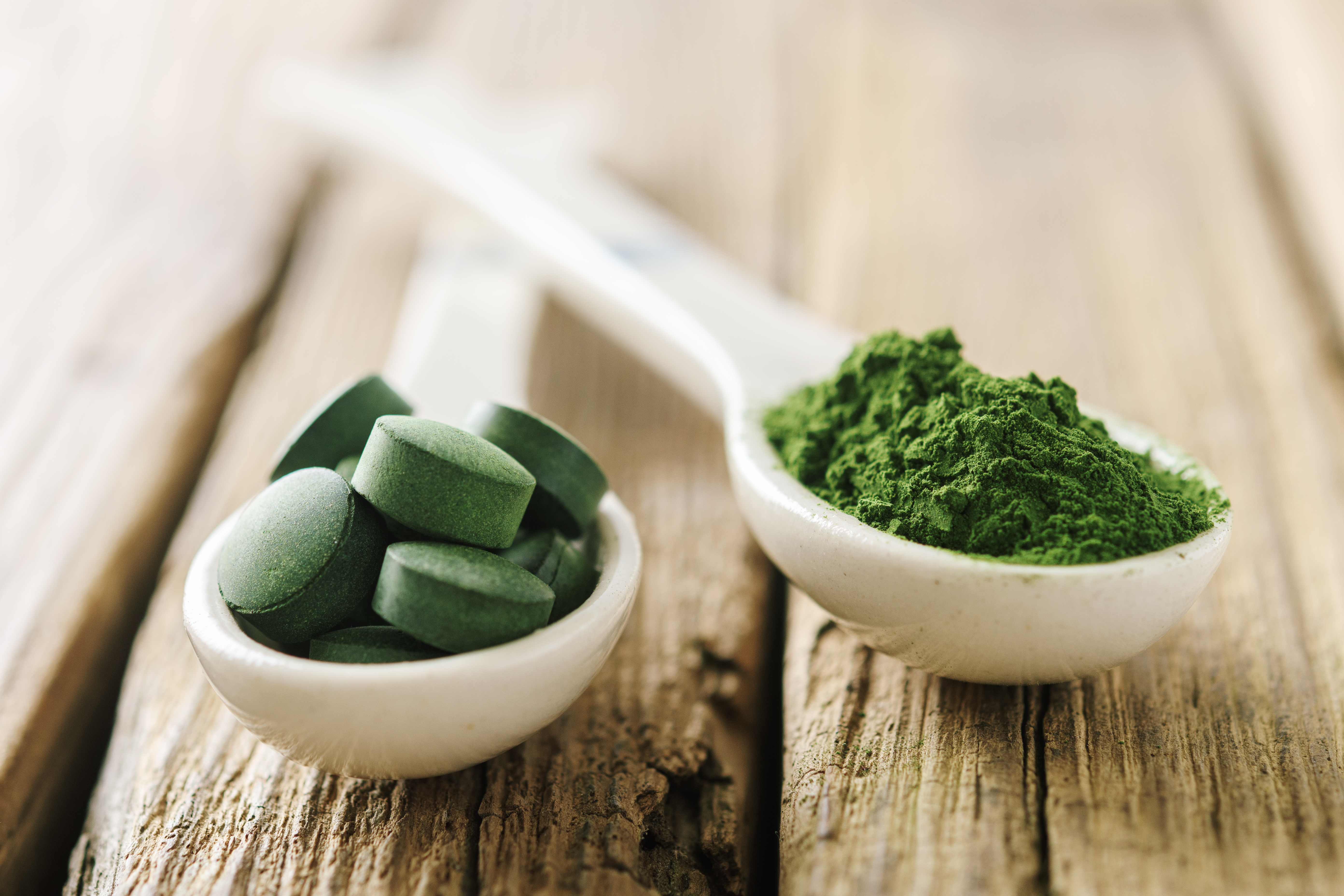
Chlorella is a single-celled green algae that has gained popularity as a detoxifying superfood. Like spirulina, chlorella is rich in protein, vitamins, and minerals, including vitamin B12, iron, and omega-3 fatty acids. Its high chlorophyll content gives it potent detoxifying properties, helping to remove heavy metals and other toxins from the body. Chlorella is also known for its ability to boost the immune system, improve digestion, and support healthy cholesterol levels. The health benefits of chlorella are supported by numerous studies, which have shown its potential to reduce inflammation, enhance liver function, and promote healthy weight management. Chlorella is available in powder or tablet form and can be added to smoothies, juices, or taken as a supplement. Its mild, grassy flavor makes it a versatile ingredient that can be easily incorporated into a variety of dishes. As we continue to explore nutrient powerhouses, chlorella's detoxifying properties and nutrient profile make it a compelling alternative to kale, particularly for those seeking to cleanse and rejuvenate their bodies.
7. Sacha Inchi: The Incan Peanut
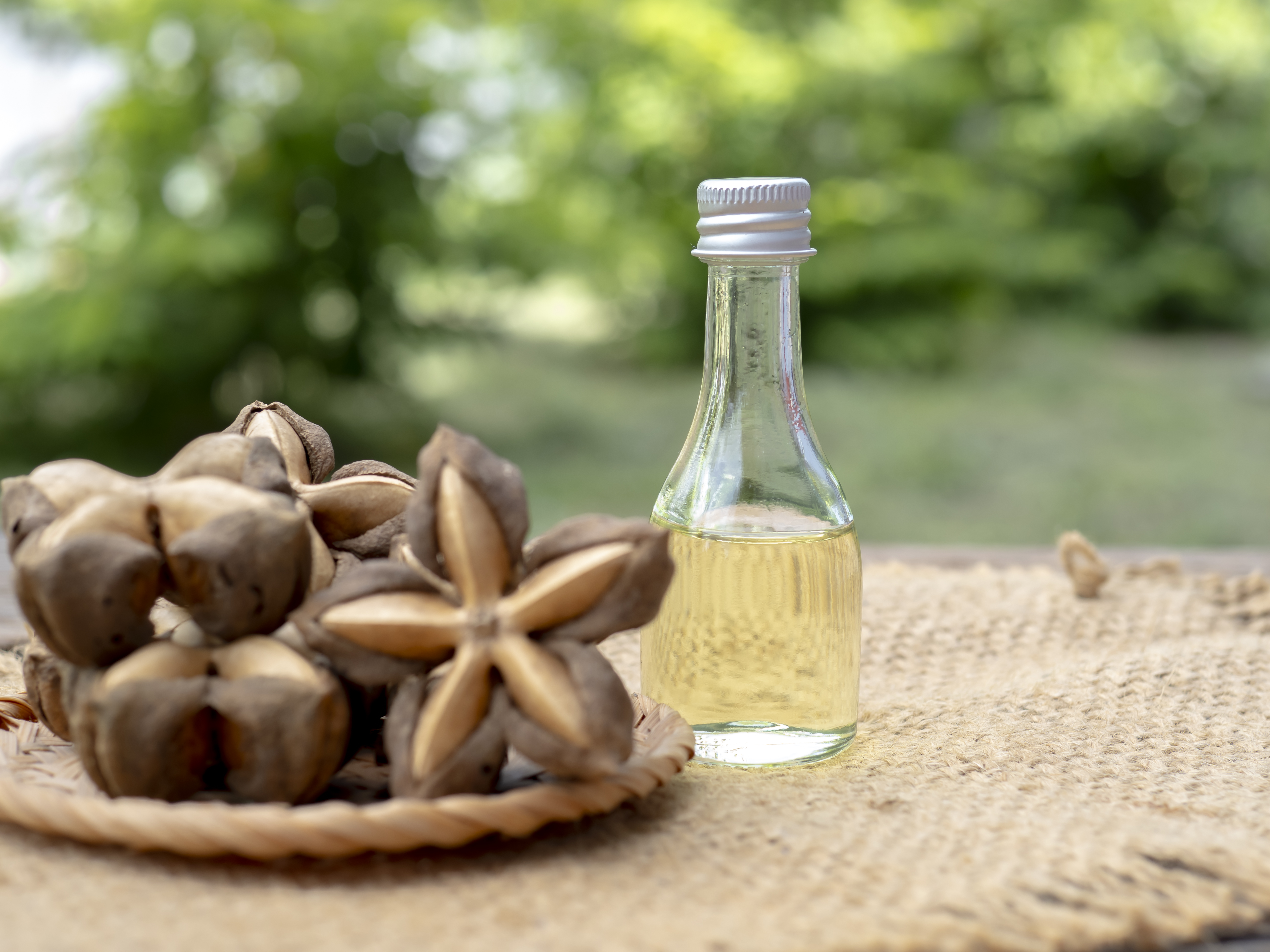
Sacha inchi, also known as the Incan peanut, is a seed native to the Amazon rainforest and has been cultivated by indigenous peoples for centuries. It is rich in protein, healthy fats, and essential nutrients, making it a valuable addition to any diet. Sacha inchi is one of the richest plant sources of omega-3 fatty acids, which are essential for heart health, brain function, and reducing inflammation. It also contains vitamin E, a powerful antioxidant that supports skin health and immune function. The seeds have a mild, nutty flavor and can be eaten raw, roasted, or ground into a powder. Sacha inchi oil is also available and can be used as a salad dressing or cooking oil. The health benefits of sacha inchi extend to its ability to support weight management, improve mood, and enhance cognitive function. As we continue to explore nutrient powerhouses, sacha inchi's impressive omega-3 content and health benefits make it a standout option for those seeking to improve their overall health and well-being.
8. Teff: The Tiny Ethiopian Grain
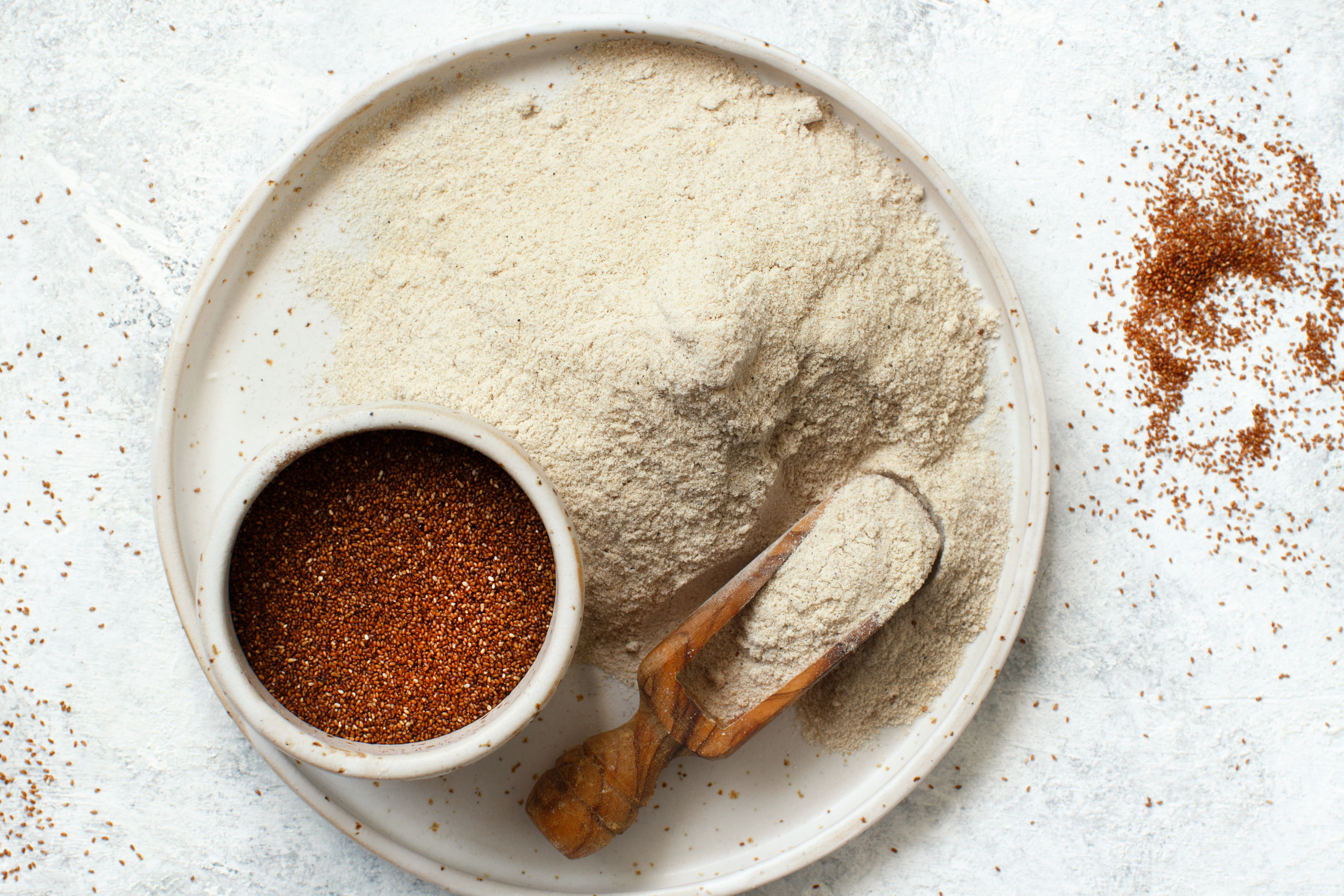
Teff is a tiny grain native to Ethiopia and Eritrea, where it has been cultivated for thousands of years. Despite its small size, teff is a nutritional powerhouse, rich in protein, fiber, and essential nutrients such as iron, calcium, and magnesium. It is also gluten-free, making it an excellent option for those with gluten sensitivities or celiac disease. Teff's high fiber content supports healthy digestion and helps maintain stable blood sugar levels, making it a valuable addition to the diet of those managing diabetes. The grain's nutty flavor and versatility make it a popular ingredient in a variety of dishes, from traditional Ethiopian injera bread to porridge, pancakes, and baked goods. Teff's potential health benefits extend to its ability to support bone health, improve circulation, and enhance athletic performance. As we continue to explore nutrient powerhouses, teff's unique combination of nutrients and health benefits make it a compelling alternative to kale, particularly for those seeking to diversify their sources of essential nutrients.
9. Sea Buckthorn: The Omega-Rich Berry

Sea buckthorn is a hardy shrub native to Europe and Asia, known for its bright orange berries that are rich in nutrients and health benefits. The berries are a potent source of omega-7 fatty acids, which are rare in the plant kingdom and essential for skin health, weight management, and cardiovascular health. Sea buckthorn also contains high levels of vitamin C, vitamin E, and a variety of antioxidants, making it a powerful immune booster and anti-inflammatory agent. The tart, citrus-like flavor of sea buckthorn makes it a versatile ingredient in smoothies, juices, and desserts. The berries can also be found in oil form, which can be used topically or as a dietary supplement. The potential health benefits of sea buckthorn extend to its ability to support digestive health, improve skin elasticity, and promote healthy aging. As we continue to explore nutrient powerhouses, sea buckthorn's unique omega-7 content and health benefits make it a valuable addition to any diet, particularly for those seeking to support their skin and overall vitality.
10. Black Garlic: The Fermented Superfood
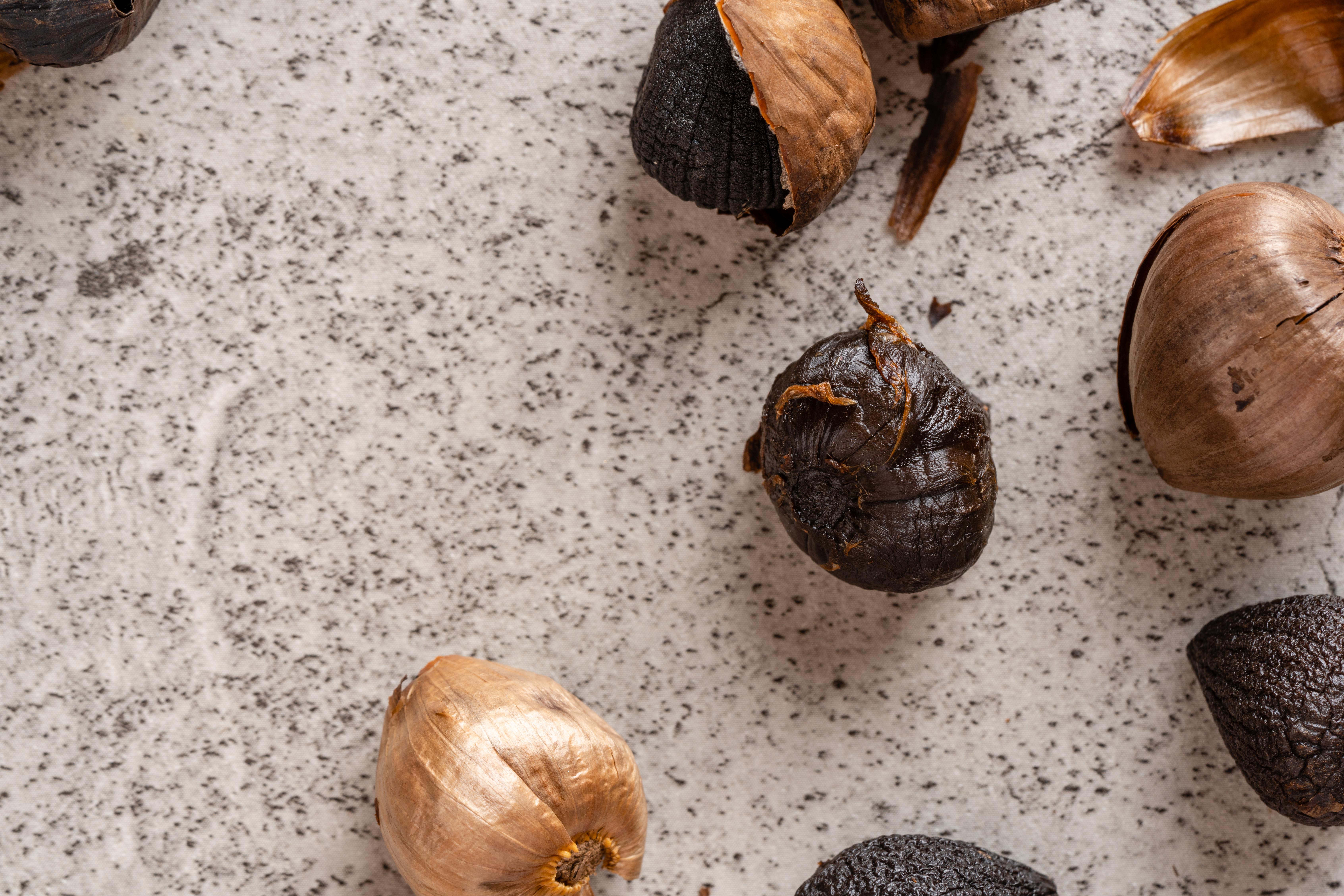
Black garlic is a type of aged garlic that has been fermented under controlled conditions, resulting in a sweet, tangy flavor and a soft, chewy texture. The fermentation process enhances the nutritional profile of garlic, increasing its antioxidant content and creating new compounds that offer unique health benefits. Black garlic is rich in S-allyl cysteine, a compound that has been shown to have anti-inflammatory, cholesterol-lowering, and cancer-fighting properties. The health benefits of black garlic extend to its ability to boost the immune system, improve heart health, and support healthy aging. Its unique flavor and texture make it a versatile ingredient in a variety of dishes, from salads and sauces to marinades and desserts. As we continue to explore nutrient powerhouses, black garlic's enhanced nutritional profile and health benefits make it a compelling alternative to kale, particularly for those seeking to support their immune system and overall health.
11. Watercress: The Peppery Green
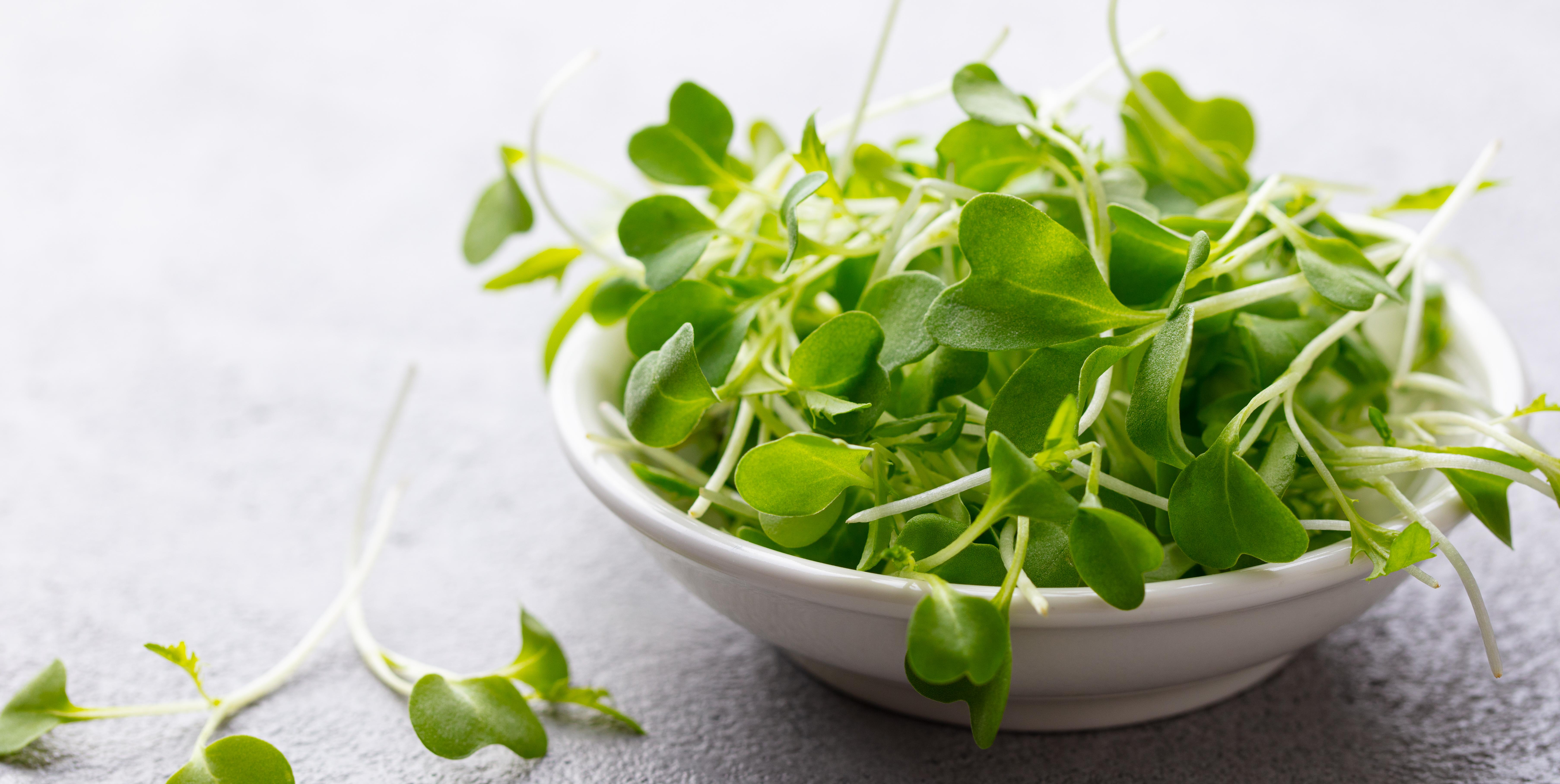
Watercress is a leafy green vegetable that has been consumed for centuries for its nutritional and medicinal properties. Despite its long history, it remains relatively unknown in modern diets. Watercress is rich in vitamins A, C, and K, as well as calcium, iron, and antioxidants. Its high nutrient density and low calorie content make it an excellent choice for those seeking to improve their overall health and well-being. The peppery flavor of watercress makes it a versatile ingredient in salads, sandwiches, and soups. It can also be used as a garnish or blended into smoothies for an added nutritional boost. The potential health benefits of watercress extend to its ability to support bone health, improve digestion, and reduce the risk of chronic diseases. As we continue to explore nutrient powerhouses, watercress's impressive nutrient profile and health benefits make it a worthy addition to any diet, particularly for those seeking to diversify their sources of essential nutrients.
12. Freekeh: The Ancient Roasted Grain
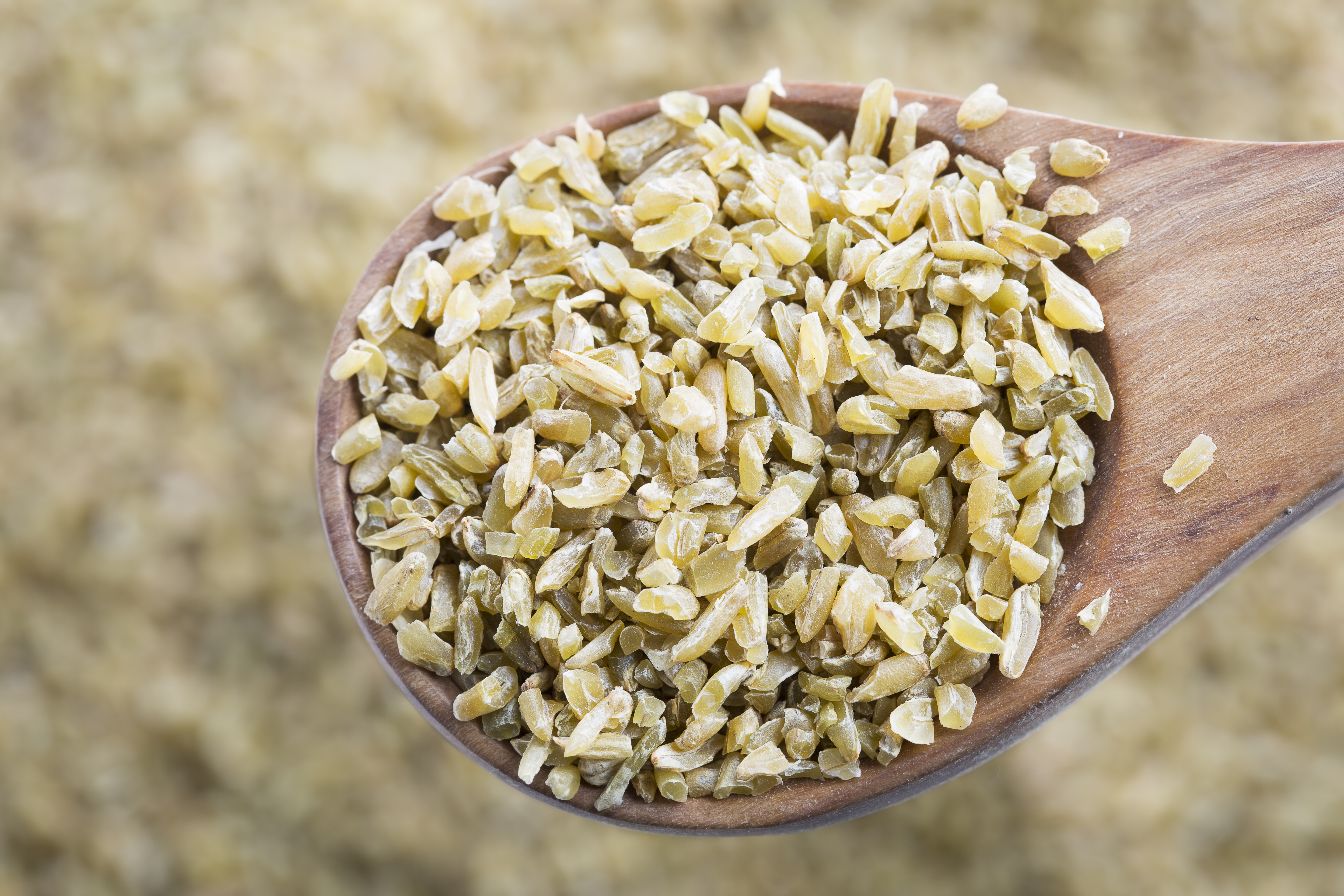
Freekeh is an ancient grain made from green durum wheat that has been harvested while still young, then roasted and rubbed to create its unique flavor and texture. This traditional Middle Eastern grain is rich in protein, fiber, and essential nutrients such as iron, zinc, and magnesium. Its high fiber content supports healthy digestion and helps maintain stable blood sugar levels, making it a valuable addition to the diet of those managing diabetes. The nutty, smoky flavor of freekeh makes it a versatile ingredient in a variety of dishes, from salads and pilafs to soups and stews. Its potential health benefits extend to its ability to support weight management, improve heart health, and enhance athletic performance. As we continue to explore nutrient powerhouses, freekeh's unique combination of nutrients and health benefits make it a compelling alternative to kale, particularly for those seeking to diversify their sources of essential nutrients.
13. Hemp Seeds—The Protein-Packed Power Seed
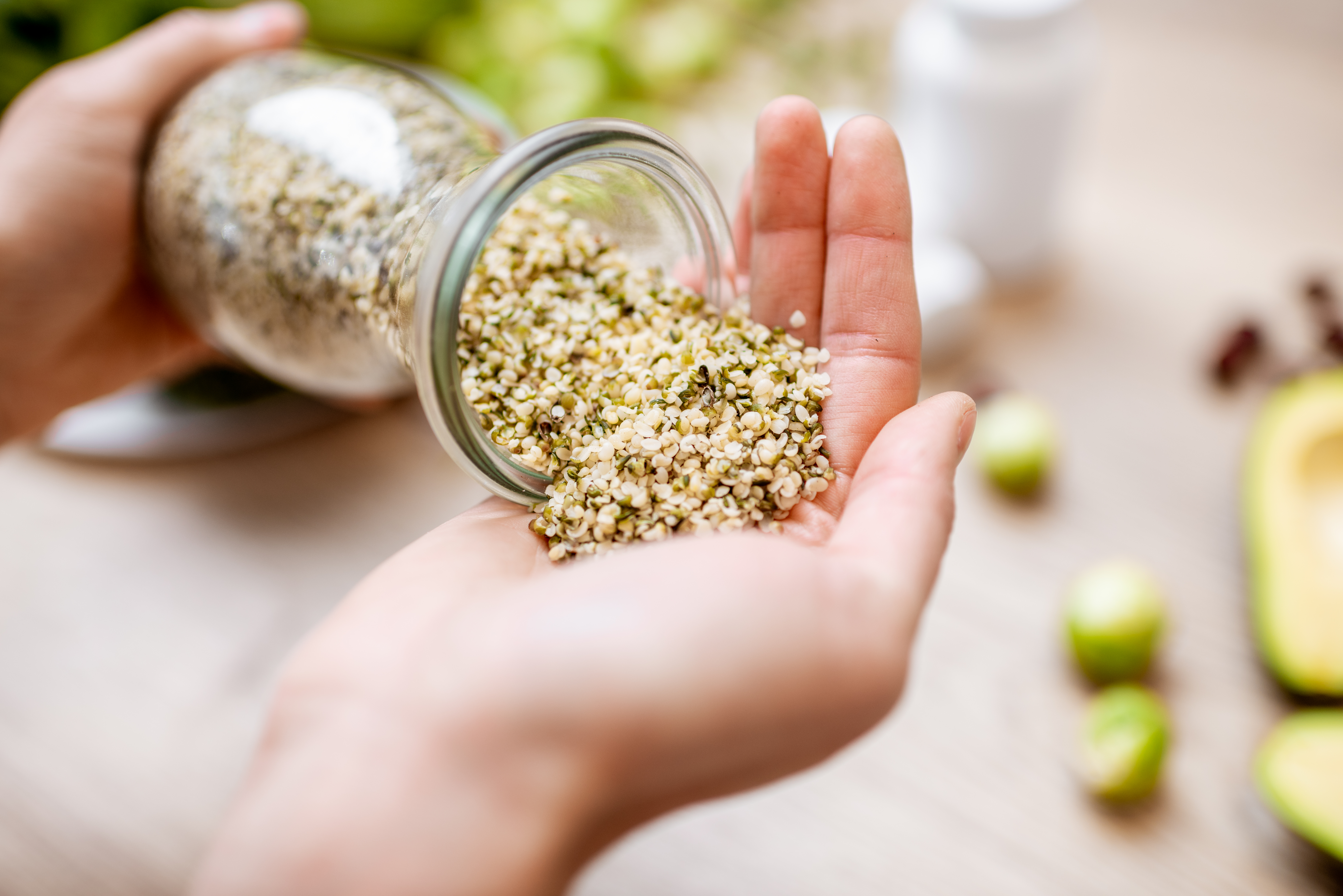
Hemp seeds, derived from the Cannabis sativa plant, are a small but mighty superfood packed with essential nutrients that make them a superior alternative to many other plant-based proteins. Unlike many other seeds, hemp is considered a complete protein, meaning it contains all nine essential amino acids that the body cannot produce on its own. This makes it a particularly valuable protein source for vegetarians and vegans looking to diversify their diet. Beyond protein, hemp seeds are a fantastic source of omega-3 and omega-6 fatty acids in an ideal 3:1 ratio, supporting heart health, brain function, and reducing inflammation in the body. Additionally, hemp seeds are rich in magnesium, which plays a critical role in muscle and nerve function, as well as iron and zinc, which are crucial for immune system support and overall vitality. The fiber content in hemp seeds also promotes gut health, aiding digestion and improving nutrient absorption. Their mild, nutty flavor makes them highly versatile—you can toss them into salads, blend them into smoothies, mix them into yogurt or oatmeal, or even use hemp seed oil for cooking. With their impressive nutrient density and health benefits, hemp seeds are an excellent superfood that can easily rival kale.
14. Maca Root—The Andean Adaptogen
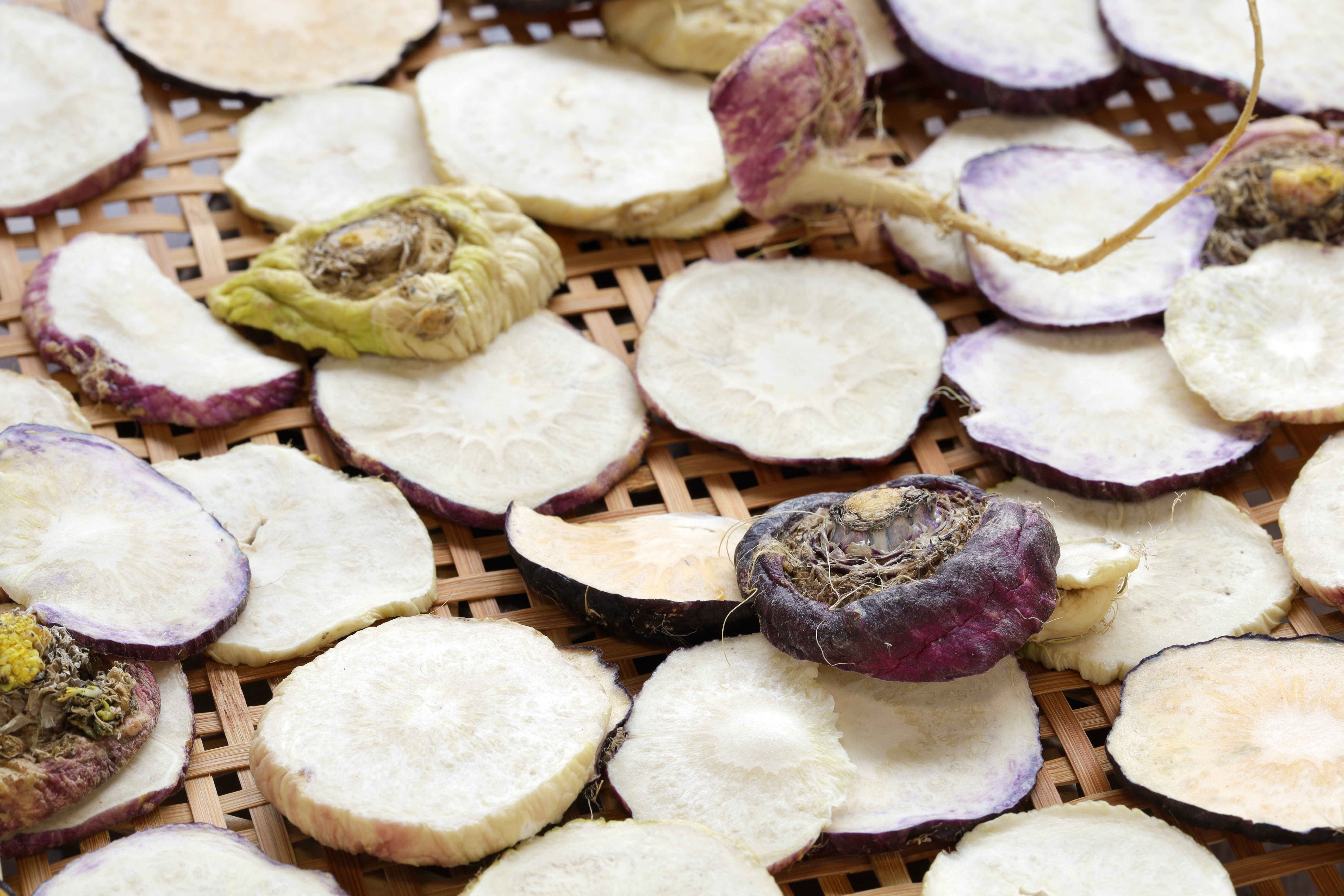
Grown in the harsh climate of the Andes mountains, maca root has been used for thousands of years as a natural remedy for boosting energy, enhancing stamina, and supporting overall well-being. This ancient superfood is an adaptogen, meaning it helps the body adapt to stress by regulating hormones and balancing the endocrine system. Maca is particularly well known for its ability to support hormonal health, helping to regulate menstrual cycles, reduce symptoms of menopause, and enhance libido in both men and women. Nutritionally, maca root is a powerhouse, packed with vitamins B1, B2, C, and E, as well as minerals like iron, calcium, zinc, and potassium. It is also a natural source of plant sterols, which support immune function and reduce cholesterol levels. Additionally, maca contains amino acids that help improve muscle recovery and endurance, making it a favorite among athletes and those with active lifestyles. Its subtle, malty, caramel-like flavor makes maca a delicious addition to smoothies, lattes, oatmeal, and even baked goods. The powdered form is the most common way to consume it, allowing for easy incorporation into daily routines. As a unique superfood that promotes vitality, hormonal balance, and mental clarity, maca root is a powerful alternative to kale for those seeking a well-rounded nutrient boost.
15. Acai Berries—The Amazonian Antioxidant

Harvested from the acai palm tree deep in the Amazon rainforest, acai berries have earned a reputation as one of the most antioxidant-rich fruits in the world. Their deep purple hue is an indication of their high anthocyanin content, a type of antioxidant that helps combat oxidative stress, supports cardiovascular health, and reduces inflammation. In fact, acai contains significantly more antioxidants than blueberries or cranberries, making it a powerhouse for fighting free radical damage and promoting cellular health. Beyond antioxidants, acai berries are also rich in heart-healthy fats, including monounsaturated and polyunsaturated fatty acids, which contribute to better cholesterol levels and improved brain function. These berries also contain plant sterols, which help regulate blood pressure and support heart health. With a decent amount of dietary fiber, acai promotes digestion and gut health, contributing to overall wellness. Due to their highly perishable nature, acai berries are typically found in freeze-dried or puréed form. They are most commonly enjoyed in smoothie bowls, blended into juices, or added to energy bars. Their naturally tart and slightly chocolatey flavor makes them a delicious and nutrient-dense addition to any diet, offering a unique superfood alternative to kale.
16. Reishi Mushrooms—The Immune-Boosting Fungi
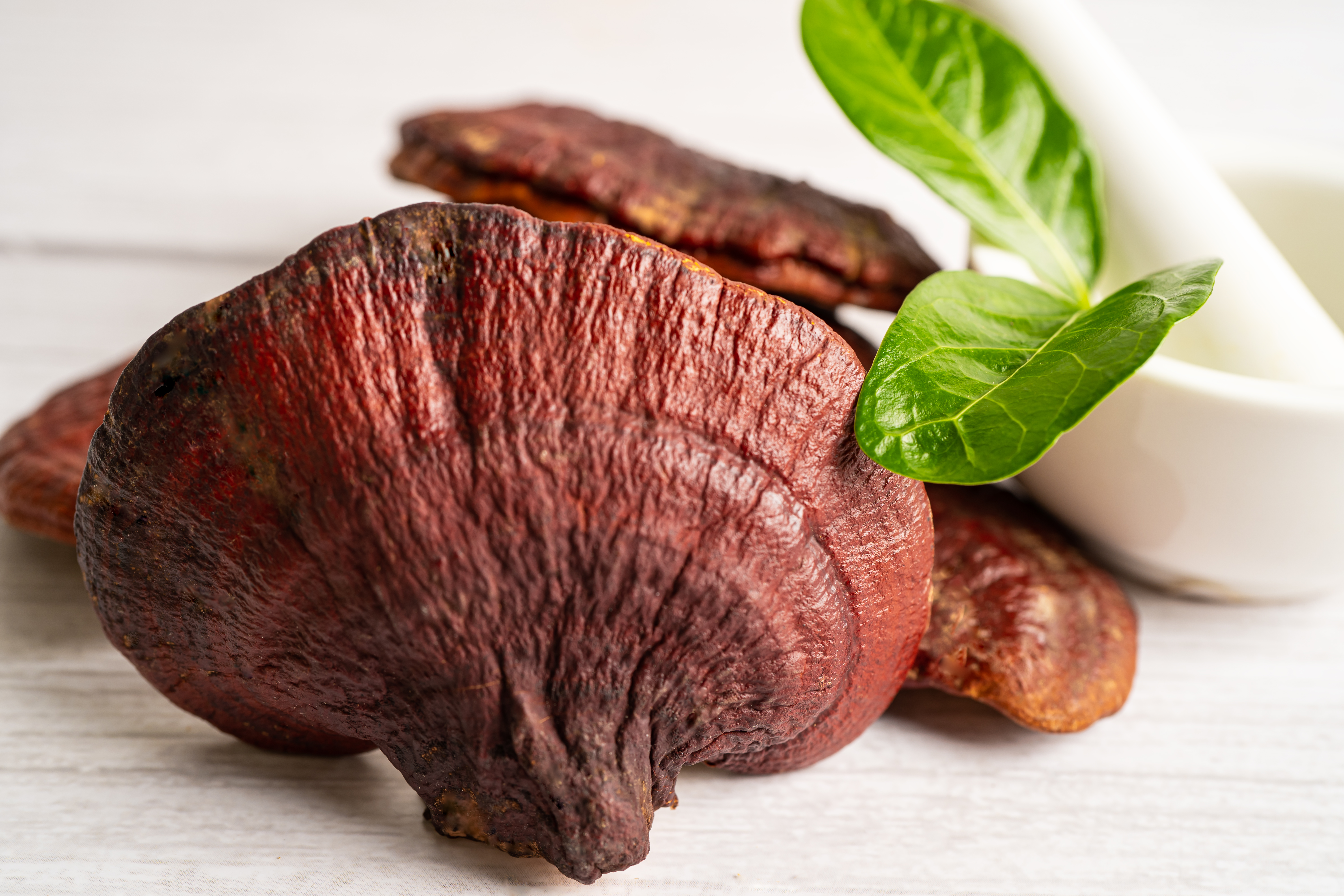
Reishi mushrooms, often referred to as the “mushroom of immortality,” have been used for centuries in traditional Chinese medicine for their impressive immune-boosting and anti-inflammatory properties. These mushrooms are packed with bioactive compounds such as triterpenoids, polysaccharides, and beta-glucans, all of which contribute to their ability to enhance immune function, regulate stress, and promote longevity. Reishi is particularly known for its adaptogenic qualities, helping the body manage stress and balance hormones naturally. It has also been studied for its potential to support liver function, lower blood sugar levels, and improve sleep quality. The antioxidants in reishi mushrooms help combat oxidative stress, reducing the risk of chronic diseases like heart disease and cancer. Unlike traditional culinary mushrooms, reishi mushrooms have a tough, woody texture and are typically consumed in powdered or tea form. The mild, earthy flavor pairs well with herbal teas, broths, and coffee substitutes. With their unique health-promoting properties, reishi mushrooms provide a potent and natural way to support long-term health—making them an excellent alternative to leafy greens like kale.
17. Goji Berries—The Longevity Superfruit
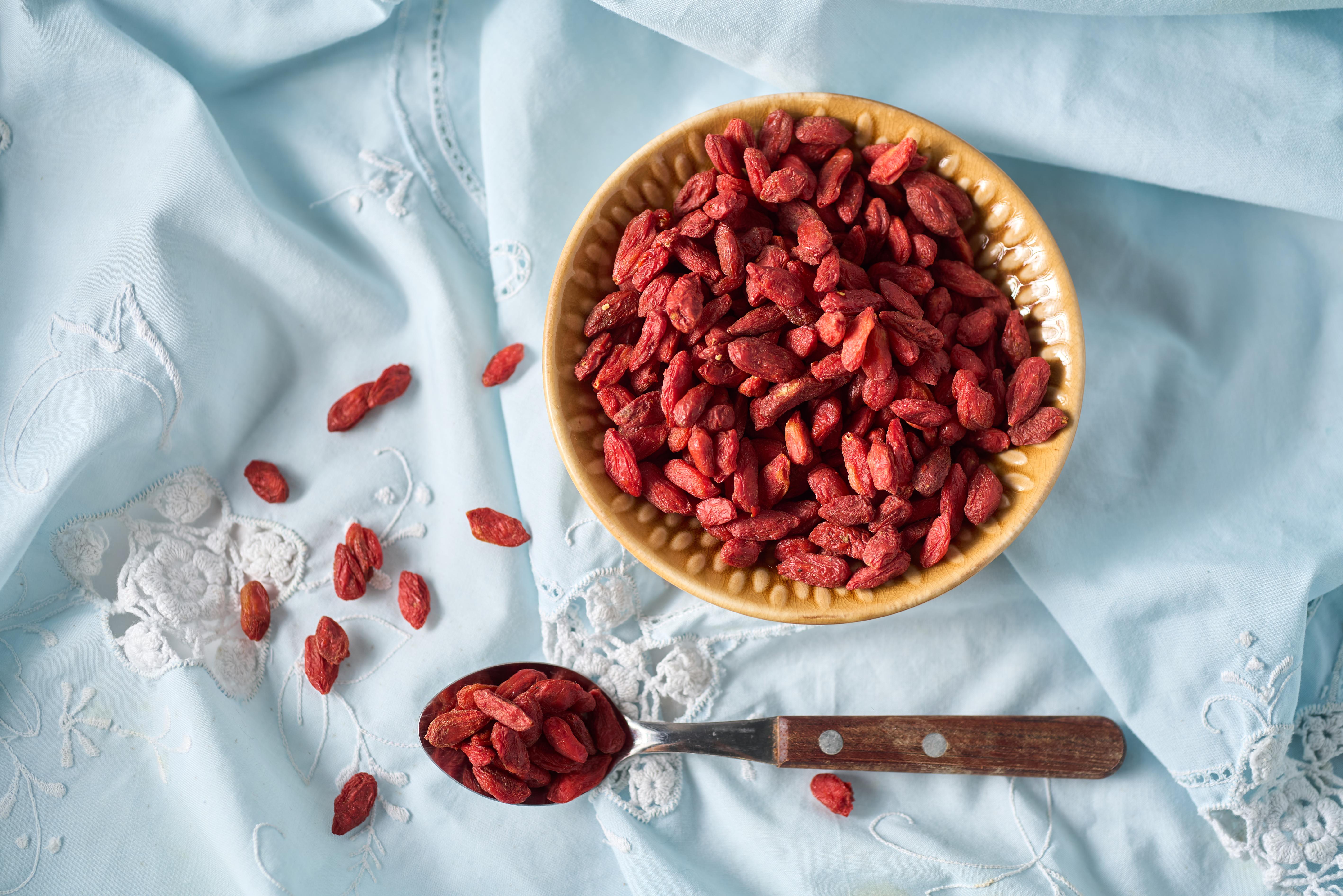
Goji berries, often nicknamed the "fruit of longevity," have been consumed in Traditional Chinese Medicine for centuries due to their remarkable ability to promote vitality and overall well-being. These small, bright red berries are loaded with powerful antioxidants, particularly carotenoids like beta-carotene and zeaxanthin, which help protect vision, reduce inflammation, and support immune function. Nutritionally, goji berries are an excellent source of vitamins A and C, iron, and zinc, all of which contribute to a strong immune system and improved skin health. They also contain polysaccharides that support gut health and balance blood sugar levels. Unlike many other fruits, goji berries have a unique protein content, including 18 amino acids, which help in muscle repair and energy production. Goji berries can be eaten dried as a snack, sprinkled onto oatmeal, blended into smoothies, or brewed into herbal teas. Their naturally sweet-tart flavor makes them a delicious and versatile addition to any diet. With their impressive nutrient profile and longevity-boosting benefits, goji berries are a potent alternative to kale, offering a broader range of antioxidants and minerals.
18. Barley Grass—The Green Nutrient Dynamo
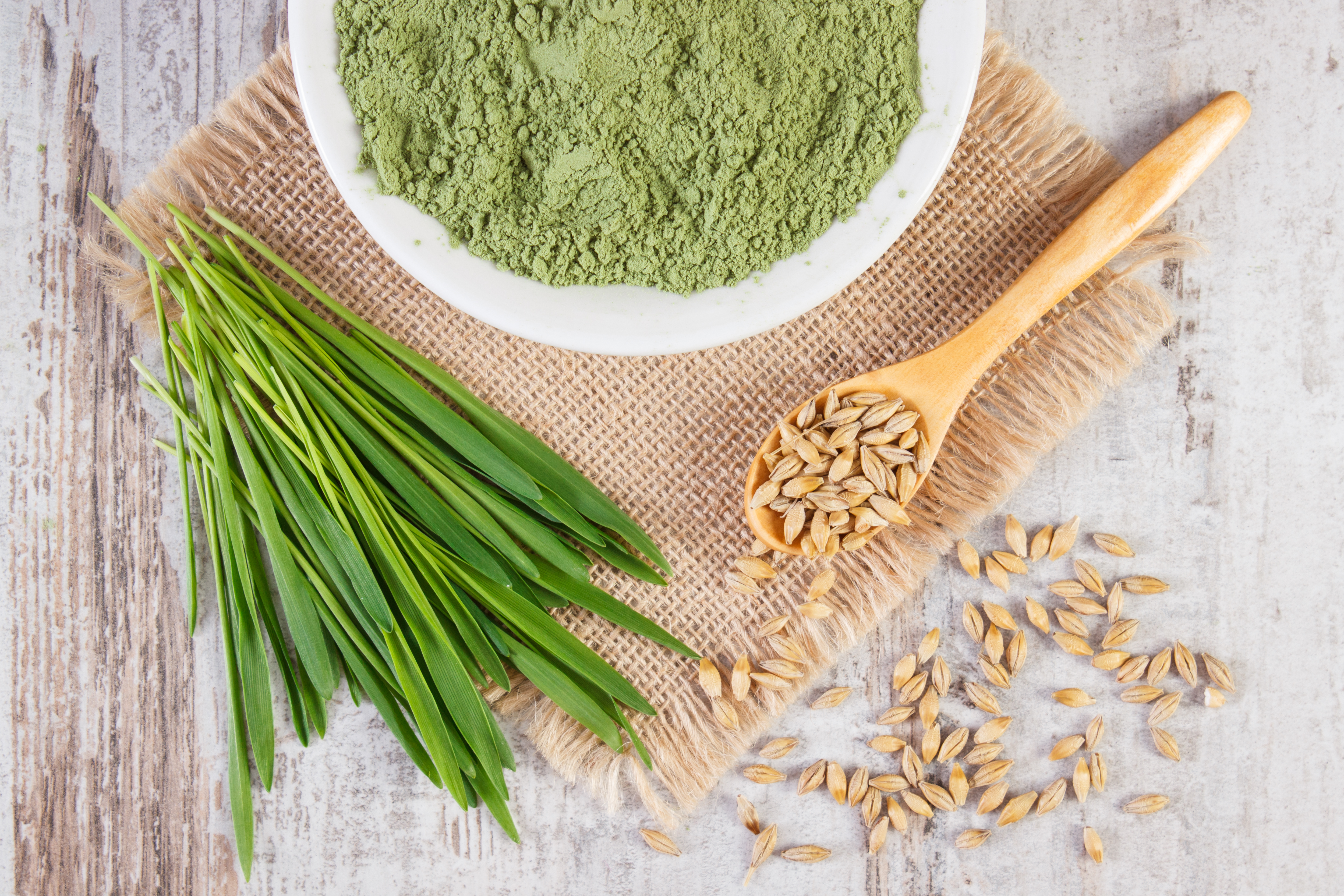
Barley grass, the young leaf shoots of the barley plant, is an underappreciated superfood that delivers an extraordinary concentration of vitamins, minerals, and antioxidants. It contains a powerful blend of vitamins A, C, K, and B-complex, along with essential amino acids and an array of phytonutrients that support detoxification, digestion, and immune function. One of the most notable aspects of barley grass is its high chlorophyll content, which helps to cleanse the liver, promote oxygenation of cells, and remove toxins from the body. The combination of enzymes and fiber in barley grass aids digestion by promoting a healthy gut microbiome and encouraging regularity. Additionally, its potent antioxidant properties help fight inflammation, slow down aging, and protect against chronic disease. Barley grass powder is commonly used in green juices and smoothies, delivering an easy and efficient way to boost nutrient intake. It has a mild, slightly grassy flavor that pairs well with citrus or apple juice. As a chlorophyll-rich superfood with exceptional detoxifying and rejuvenating properties, barley grass is a powerful alternative to kale, offering a unique combination of cleansing and immune-enhancing benefits.
19. Black Rice—The Forbidden Grain of Antioxidants
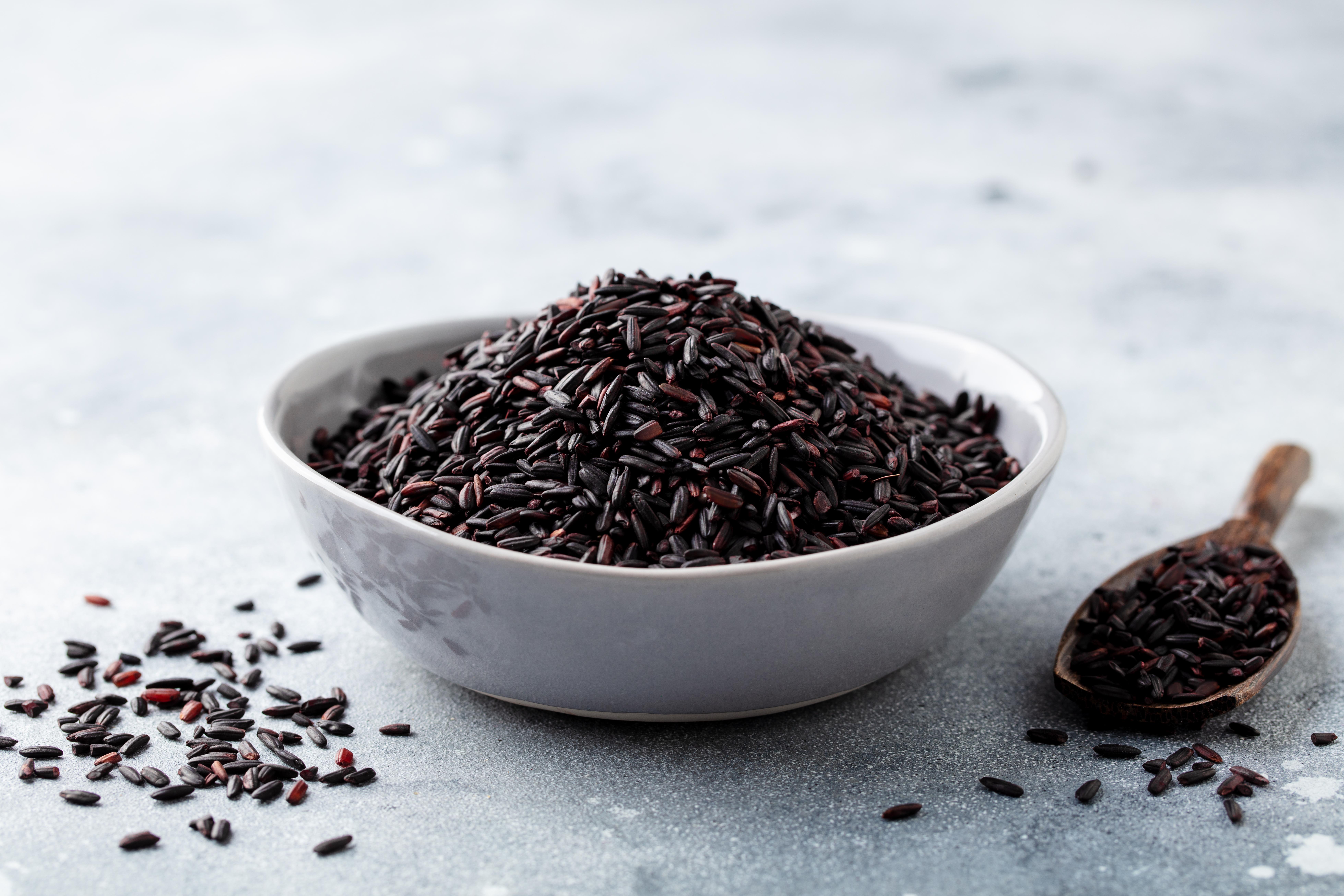
Often referred to as "forbidden rice" due to its historical exclusivity to Chinese royalty, black rice is a powerful whole grain packed with essential nutrients that elevate it above traditional white or brown rice. Unlike its counterparts, black rice is uniquely rich in anthocyanins—the same potent antioxidants found in blueberries and acai berries—that help fight oxidative stress, reduce inflammation, and support heart and brain health. These antioxidants give black rice its deep purple-black hue and have been linked to a lower risk of chronic diseases, including heart disease and certain types of cancer. Beyond its impressive antioxidant content, black rice is also an excellent source of dietary fiber, which aids digestion, promotes gut health, and helps regulate blood sugar levels. It is naturally gluten-free and boasts higher protein levels than most other rice varieties, making it a fantastic option for plant-based diets. Additionally, black rice is packed with essential minerals such as iron, zinc, and magnesium, which contribute to energy production, immune function, and overall cellular health.
20. Chaga Mushrooms—The Antioxidant-Rich Fungi

Chaga mushrooms, a powerful medicinal fungus that grows primarily on birch trees in cold climates like Siberia, Canada, and northern parts of the U.S., have been used for centuries in traditional medicine for their remarkable health benefits. Unlike common culinary mushrooms, chaga is prized for its exceptionally high antioxidant content, particularly in the form of polyphenols, beta-glucans, and melanin, which work together to combat oxidative stress, support immune function, and promote overall longevity. One of chaga’s standout properties is its ability to stimulate immune response. The beta-glucans found in chaga mushrooms help activate white blood cells, enhancing the body’s ability to fight infections and regulate inflammation. Traditionally consumed as a tea, chaga has a rich, earthy flavor with slightly vanilla-like undertones. It is often brewed into a warm, soothing beverage or taken in powdered form as a supplement. Unlike kale, which provides essential vitamins and minerals, chaga offers a unique medicinal edge, making it an excellent addition to any wellness routine for those looking to strengthen their immune system and enhance their body's natural defenses.
21. Perilla Leaves—The Omega-Rich Herb
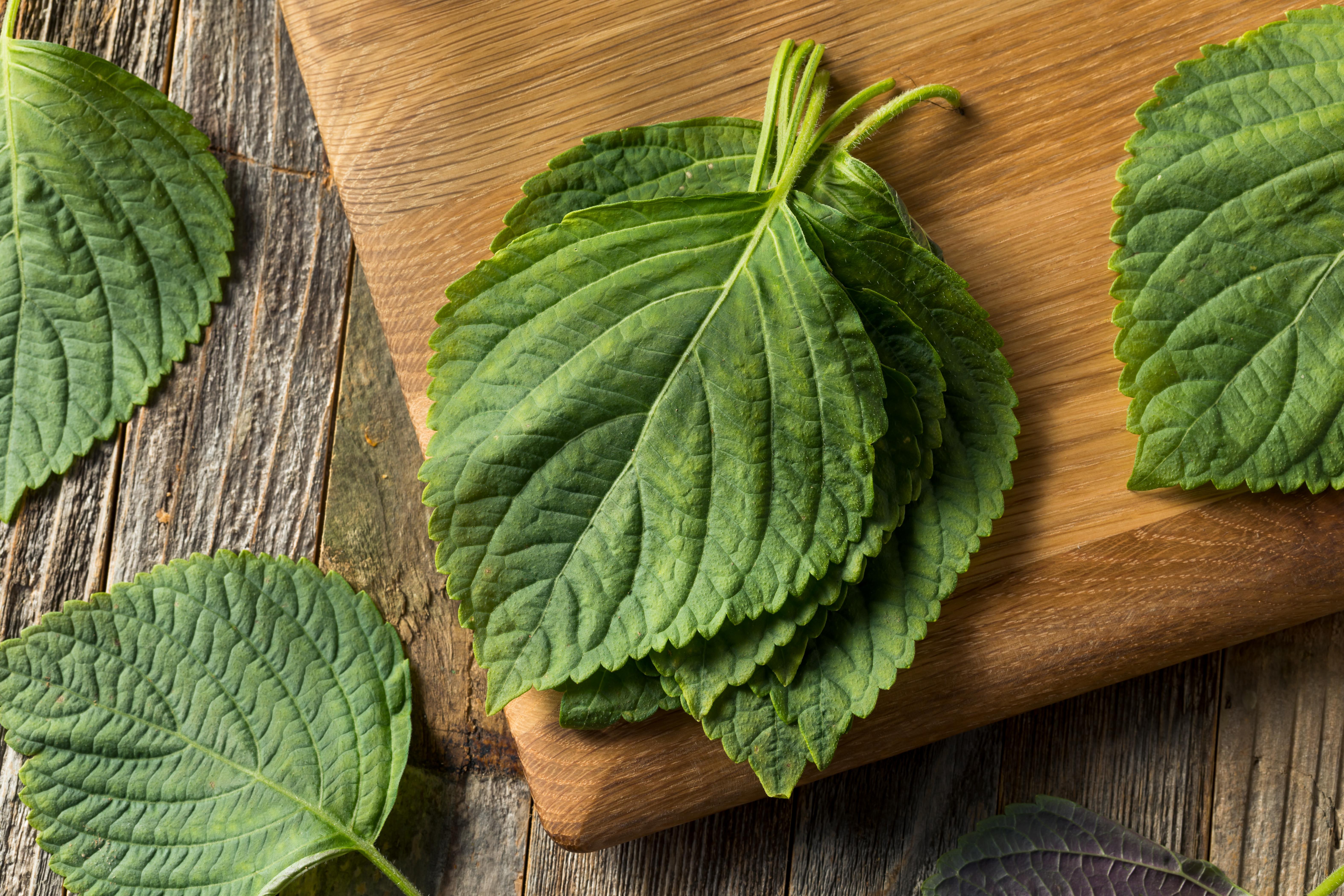
Perilla leaves, often overshadowed by more common herbs like basil and mint, are a hidden gem in the world of superfoods. Popular in East Asian cuisine, particularly in Korea and Japan, perilla leaves are not only a flavorful addition to meals but also a powerhouse of nutrition. What sets perilla leaves apart is their exceptionally high content of plant-based omega-3 fatty acids—an essential nutrient that supports heart health, reduces inflammation, and enhances cognitive function. Beyond their omega-3 content, perilla leaves are rich in vitamins A and C, which help boost immune function, support healthy skin, and promote eye health. With a distinctive minty, slightly anise-like flavor, perilla leaves add a refreshing and aromatic touch to salads, stir-fries, soups, and wraps. They can be used fresh, pickled, or blended into pestos and sauces. As a highly nutritious and versatile herb, perilla leaves offer a unique alternative to kale, particularly for those looking to incorporate more omega-3s and anti-inflammatory compounds into their diet.
22. Aronia Berries—The Super Antioxidant Berry
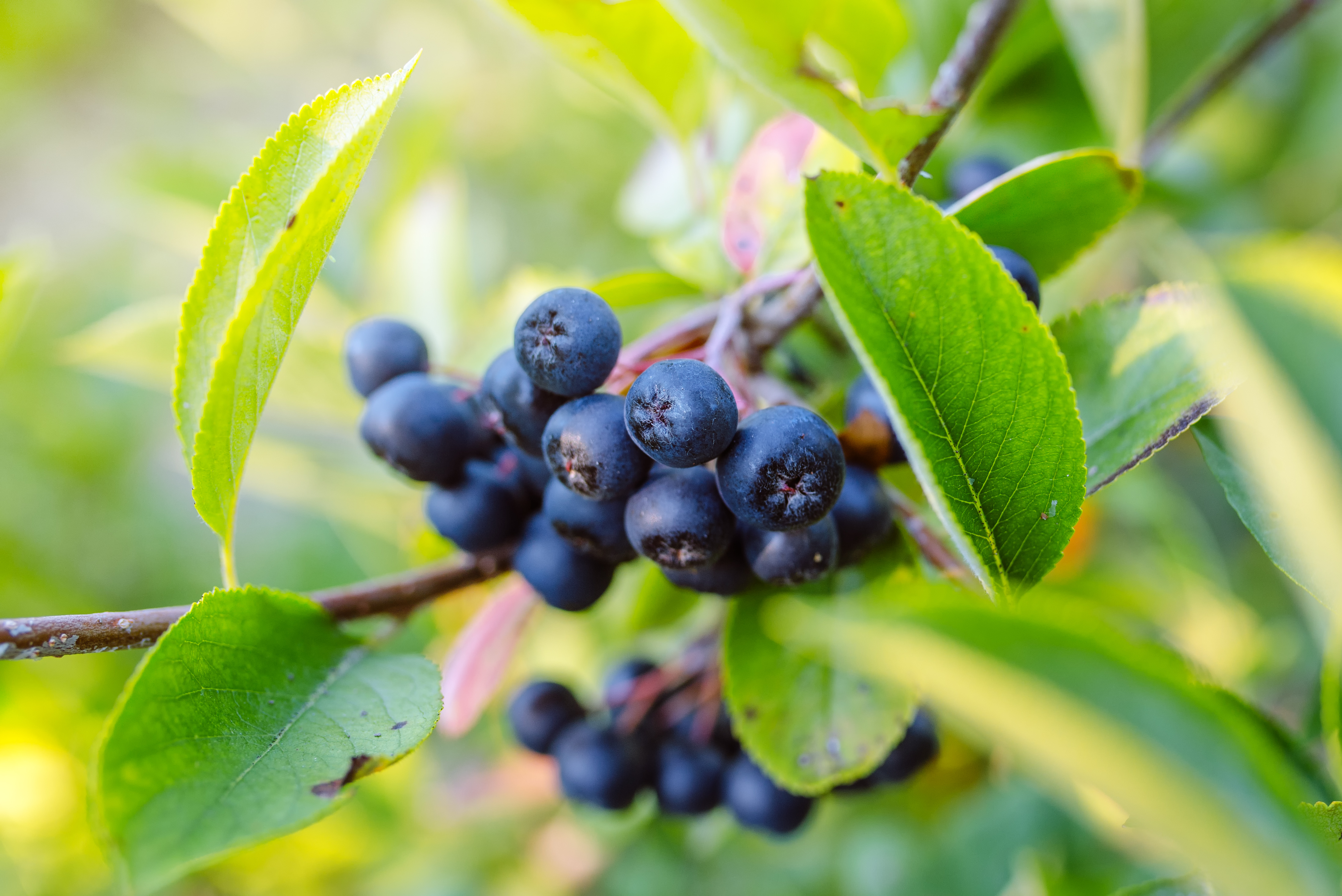
Aronia berries, commonly known as chokeberries, are a nutritional powerhouse that has recently gained attention as one of the most potent antioxidant-rich fruits available. Native to North America, these dark, glossy berries are packed with anthocyanins, flavonoids, and vitamin C, all of which play a crucial role in reducing inflammation, supporting immune function, and protecting against oxidative stress. In fact, aronia berries have one of the highest Oxygen Radical Absorbance Capacity (ORAC) scores of any fruit, surpassing blueberries, cranberries, and even acai berries. These powerful antioxidants contribute to improved cardiovascular health by reducing blood pressure, lowering LDL (bad) cholesterol levels, and enhancing circulation. With a tart, slightly astringent flavor, aronia berries are commonly used in juices, smoothies, jams, and dried snack blends. They can also be incorporated into baked goods, yogurts, or granola for an extra nutritional boost. Given their impressive antioxidant content and diverse health benefits, aronia berries stand as a compelling superfood alternative to kale, offering superior immune-boosting and cardiovascular-supporting properties.
23. Cactus Pear (Prickly Pear) – The Hydration Hero
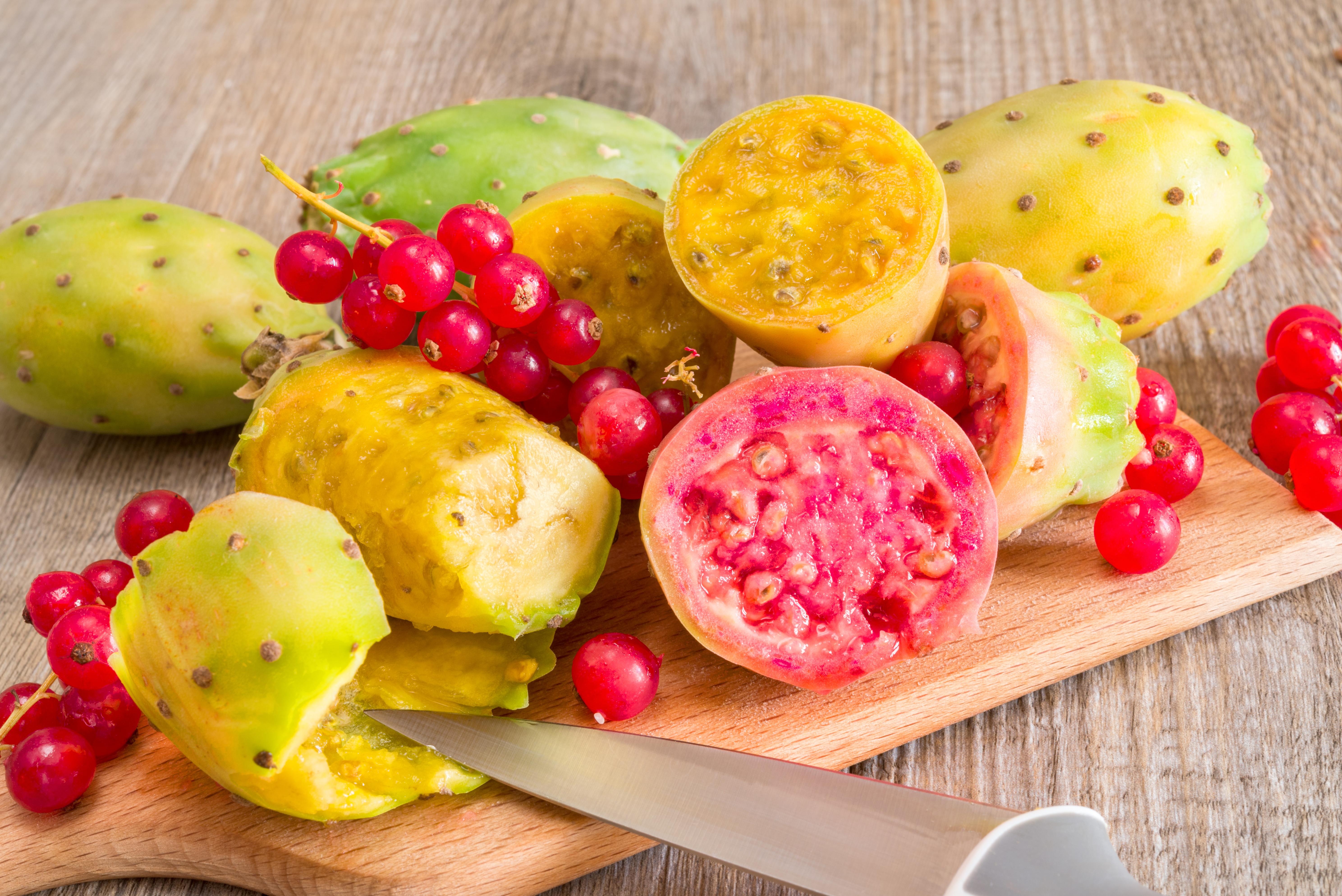
Native to arid regions of the Americas, North Africa, and the Mediterranean, the cactus pear, also known as prickly pear, is a vibrant fruit loaded with hydrating electrolytes, antioxidants, and fiber. This desert superfruit is particularly high in betalains, powerful anti-inflammatory compounds also found in beets, as well as vitamin C, magnesium, and polyphenols. Studies suggest that prickly pear can reduce inflammation, stabilize blood sugar, and support liver health. With its mildly sweet, refreshing flavor, cactus pear can be eaten raw, blended into smoothies, or used in juices and jams. It’s also known for reducing hangover symptoms by helping the liver metabolize alcohol more efficiently. If you're looking for a hydrating, antioxidant-rich alternative to kale, this desert fruit is an excellent choice.
24. Fonio – The Ancient West African Supergrain
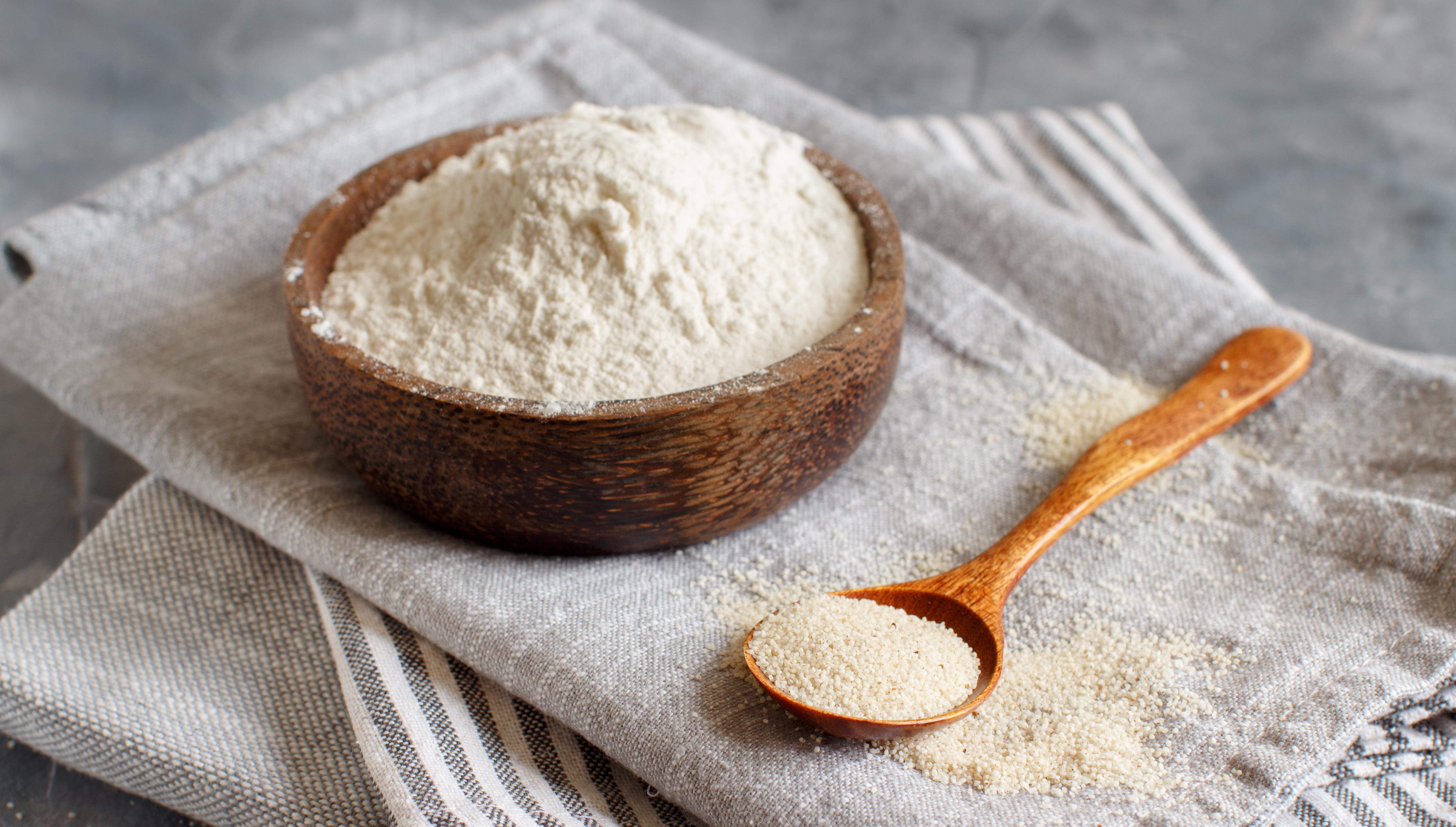
Dubbed “the grain of the future,” fonio is an ancient West African cereal that has been cultivated for over 5,000 years. Rich in B vitamins, iron, magnesium, and amino acids, fonio stands out because of its high methionine and cysteine content, two essential amino acids that are often missing from other grains. This gluten-free supergrain has a low glycemic index, making it great for blood sugar control. It’s also easier to digest than quinoa and has been traditionally used to boost energy and brain function. With a light, nutty flavor and a fluffy texture, fonio can replace couscous, rice, or oatmeal, adding variety to your diet while packing more nutrients per serving than kale.
25. Tart Cherries – Nature’s Sleep Superfood
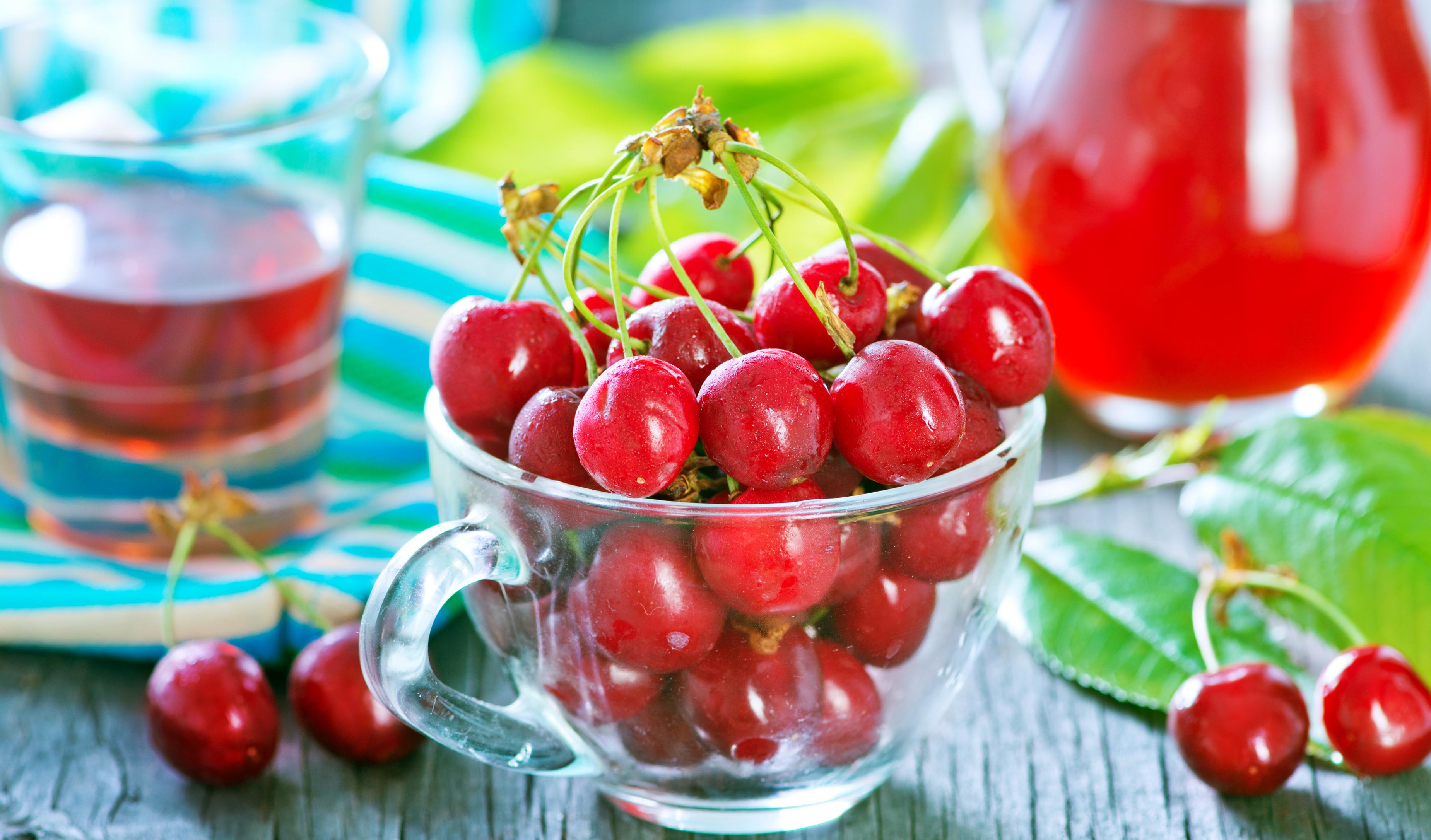
Unlike their sweet cherry cousins, tart cherries (also known as Montmorency cherries) contain significantly higher levels of melatonin, anthocyanins, and anti-inflammatory compounds. Studies show that drinking tart cherry juice can improve sleep quality, reduce muscle soreness, and lower inflammation—making it a favorite among athletes and those with insomnia. Tart cherries are also loaded with quercetin, a flavonoid that supports immune health and cardiovascular function. Whether consumed as fresh fruit, juice, or dried snacks, tart cherries provide brain-boosting, sleep-enhancing, and pain-relieving benefits that rival many greens, including kale.
26. Nattō – The Japanese Superfood for Gut and Heart Health
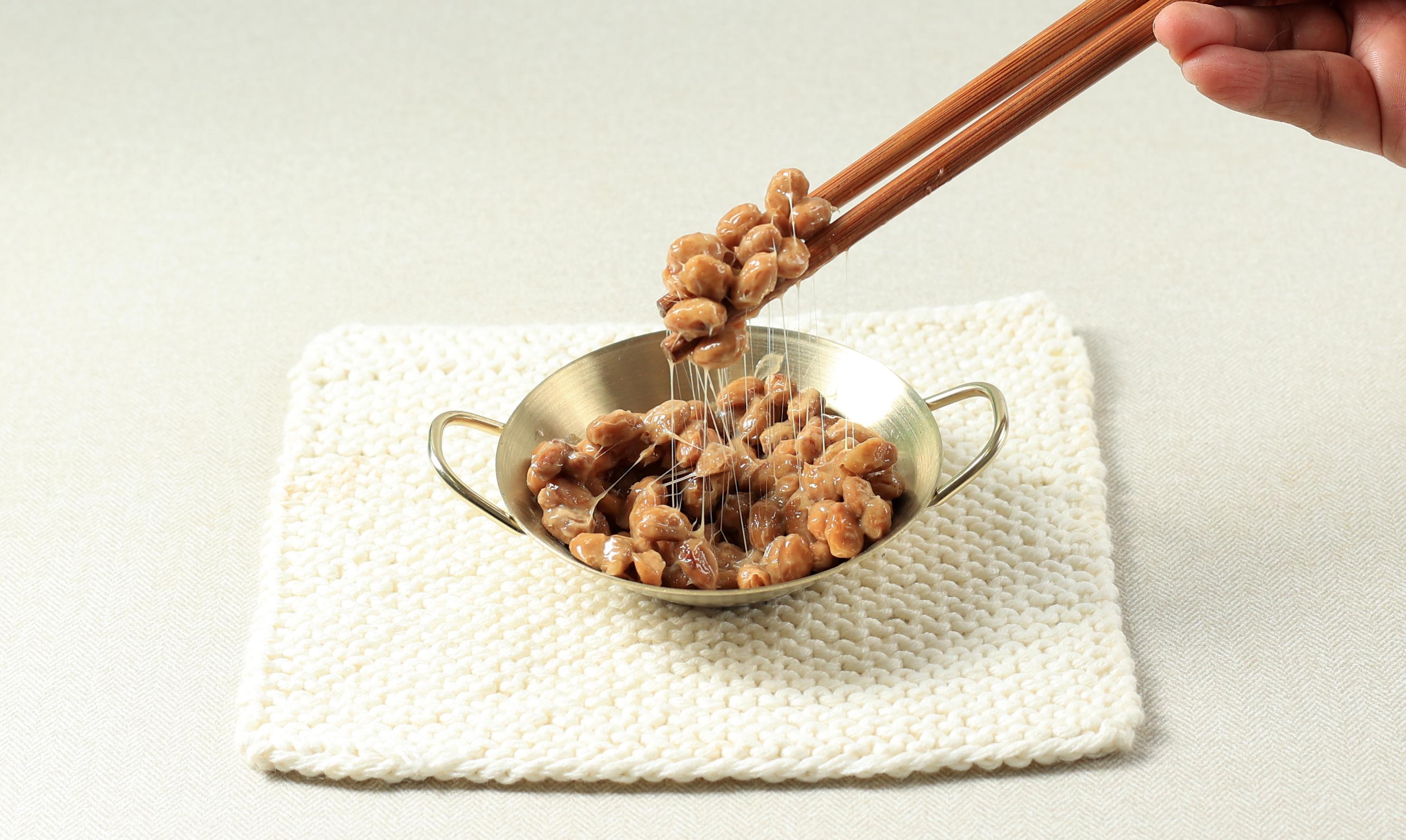
Nattō, a fermented soybean dish from Japan, is a powerhouse of probiotics, vitamin K2, and nattokinase, an enzyme known for supporting heart health by preventing blood clot formation. With one of the highest vitamin K2 concentrations of any food, nattō helps protect against osteoporosis, enhance bone health, and regulate calcium metabolism. Although its sticky texture and strong smell can be an acquired taste, nattō is a prebiotic-rich food that strengthens gut health while reducing the risk of heart disease. Its dense nutrient profile makes it superior to kale in supporting cardiovascular and bone health, making it a must-try for those looking to optimize long-term wellness.
27. Purple Sweet Potatoes – The Antioxidant-Rich Carb
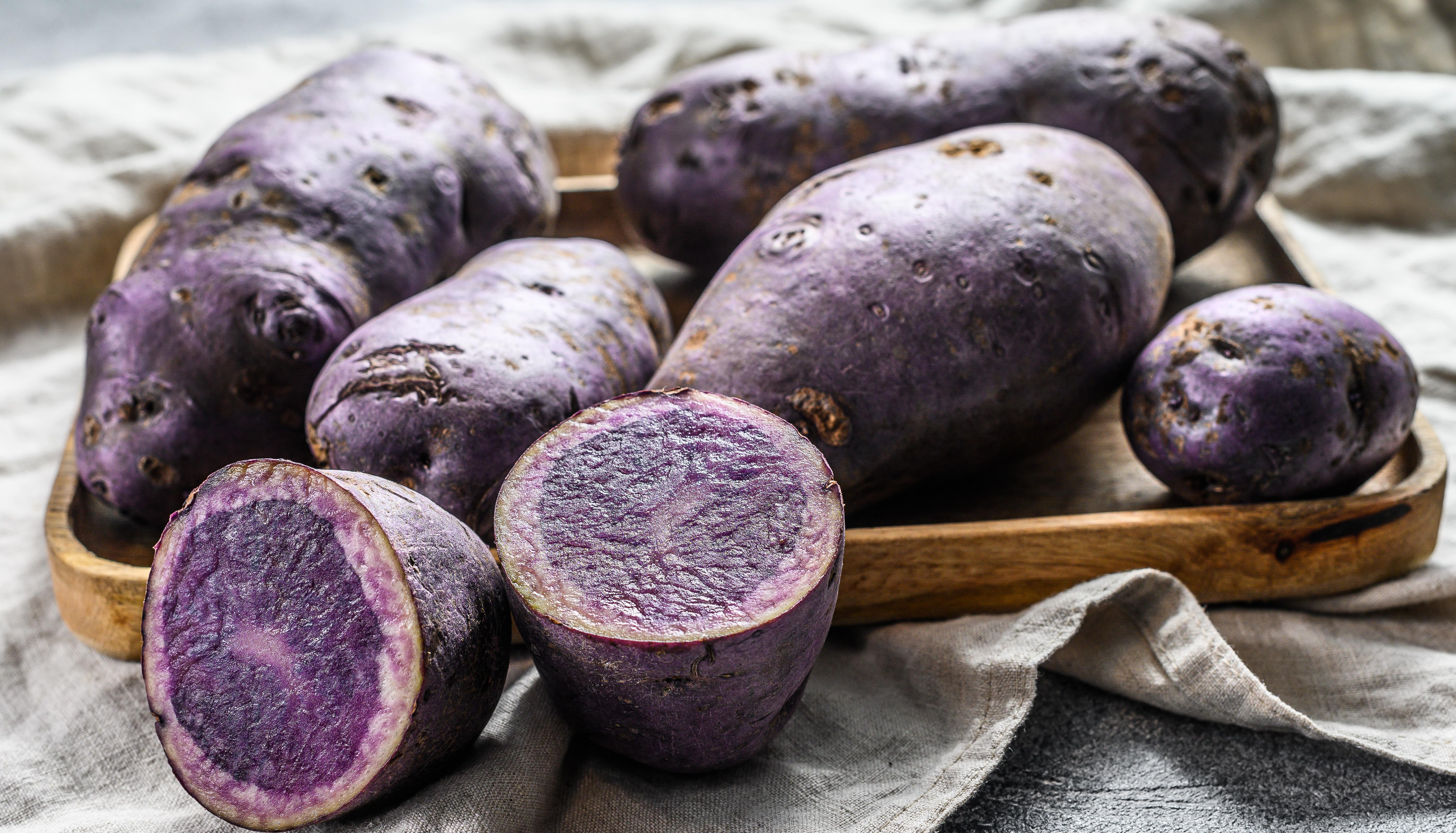
Unlike regular sweet potatoes, purple sweet potatoes are packed with anthocyanins, the same potent antioxidants found in blueberries and acai berries. These compounds help reduce inflammation, improve memory, and protect against neurodegenerative diseases. Purple sweet potatoes are also rich in fiber, vitamin A, and potassium, making them excellent for digestive health, immune function, and blood pressure regulation. Their naturally sweet taste makes them an easy addition to roasted dishes, soups, or smoothies—and their anti-aging, brain-boosting benefits make them a great alternative to kale.
28. Pumpkin Seeds – The Zinc and Magnesium Powerhouse
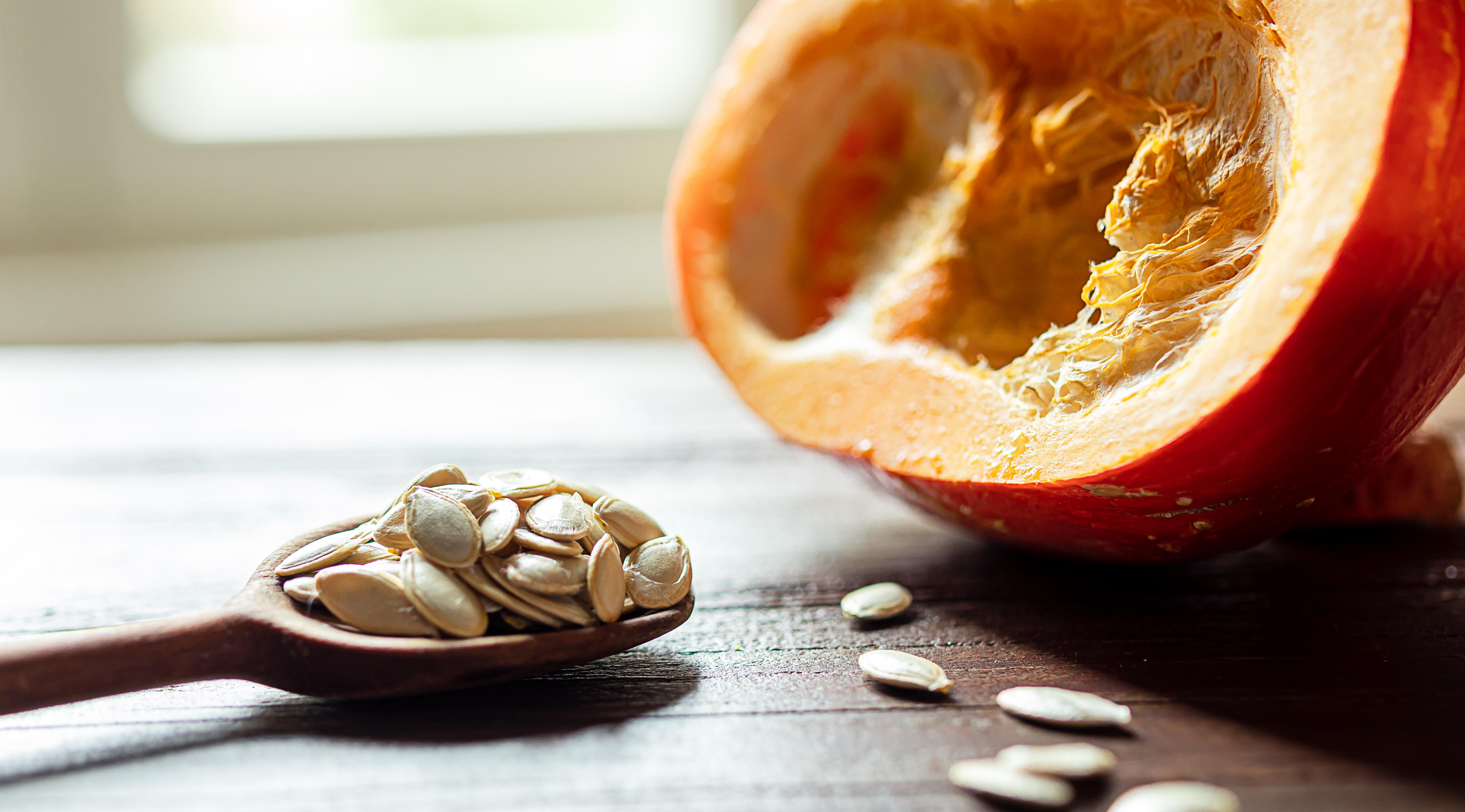
Pumpkin seeds, also known as pepitas, are one of the most nutrient-dense seeds available, boasting high levels of zinc, magnesium, iron, and plant-based omega-3 fatty acids. These tiny seeds are an immune-boosting powerhouse, helping with wound healing, hormone regulation, and heart health. The magnesium content in pumpkin seeds supports relaxation, better sleep, and muscle recovery, making them an excellent food for athletes and those with high-stress lifestyles. Their nutty crunch makes them a perfect snack, or they can be added to salads, yogurts, and baked goods. With a higher concentration of essential minerals than kale, pumpkin seeds are a simple but powerful addition to any diet.
29. Ceylon Cinnamon – The Blood Sugar Balancer
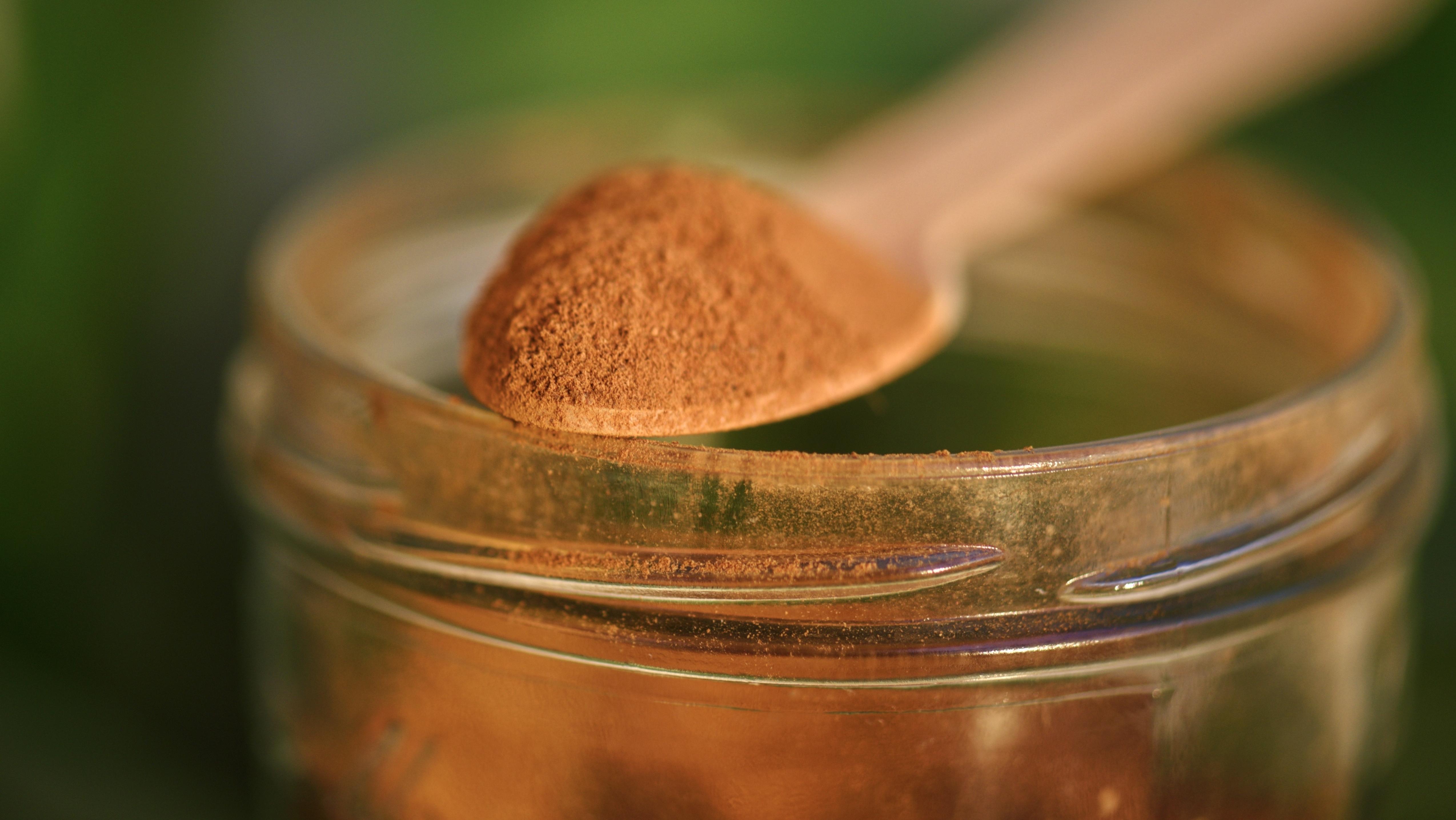
Not all cinnamon is created equal! Ceylon cinnamon, also known as “true cinnamon,” has higher levels of antioxidants, polyphenols, and blood sugar-regulating compounds compared to the more common Cassia cinnamon. Studies have shown that Ceylon cinnamon can lower blood sugar, reduce inflammation, and improve insulin sensitivity, making it particularly beneficial for those with diabetes or metabolic issues. Unlike Cassia cinnamon, which contains high levels of coumarin (a compound that can be toxic in large amounts), Ceylon cinnamon is safe for daily consumption. Adding a sprinkle to coffee, oatmeal, or smoothies enhances both flavor and health benefits, making it a spice cabinet superfood that goes beyond kale’s nutritional offerings.
30. Wakame – The Japanese Seaweed for Weight Loss and Thyroid Health
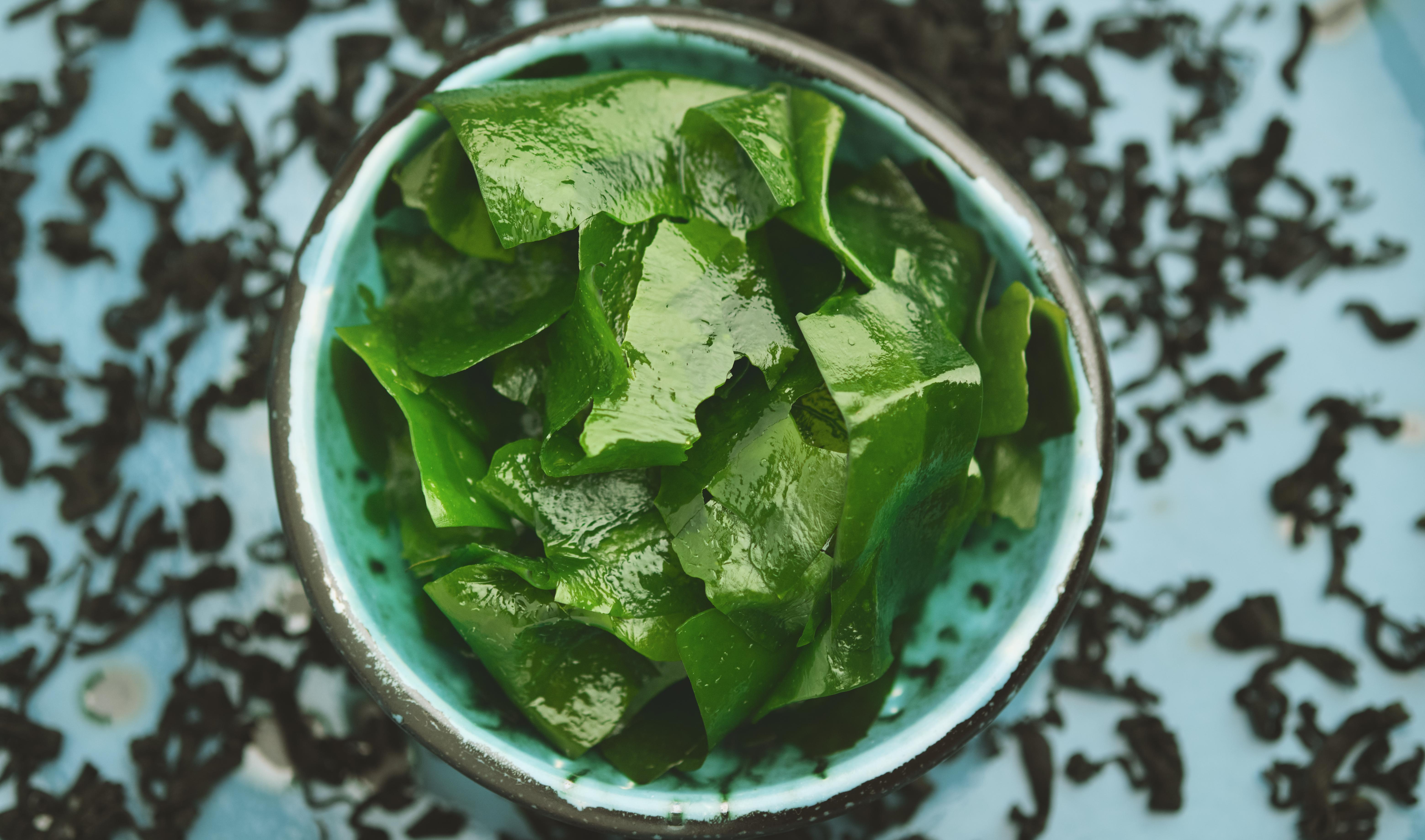
Wakame, a nutrient-dense seaweed commonly used in Japanese miso soup and salads, is one of the best natural sources of iodine, a mineral essential for thyroid function and metabolism regulation. Studies suggest that wakame may help promote fat loss, regulate blood sugar, and reduce inflammation due to its unique compound called fucoxanthin. Additionally, wakame is rich in calcium, magnesium, and folate, supporting bone health and cardiovascular function. This low-calorie superfood outshines kale in terms of iodine and marine minerals, making it a fantastic addition for those looking to support their thyroid and overall metabolic health.
31. Acerola Cherry – The Vitamin C Champion
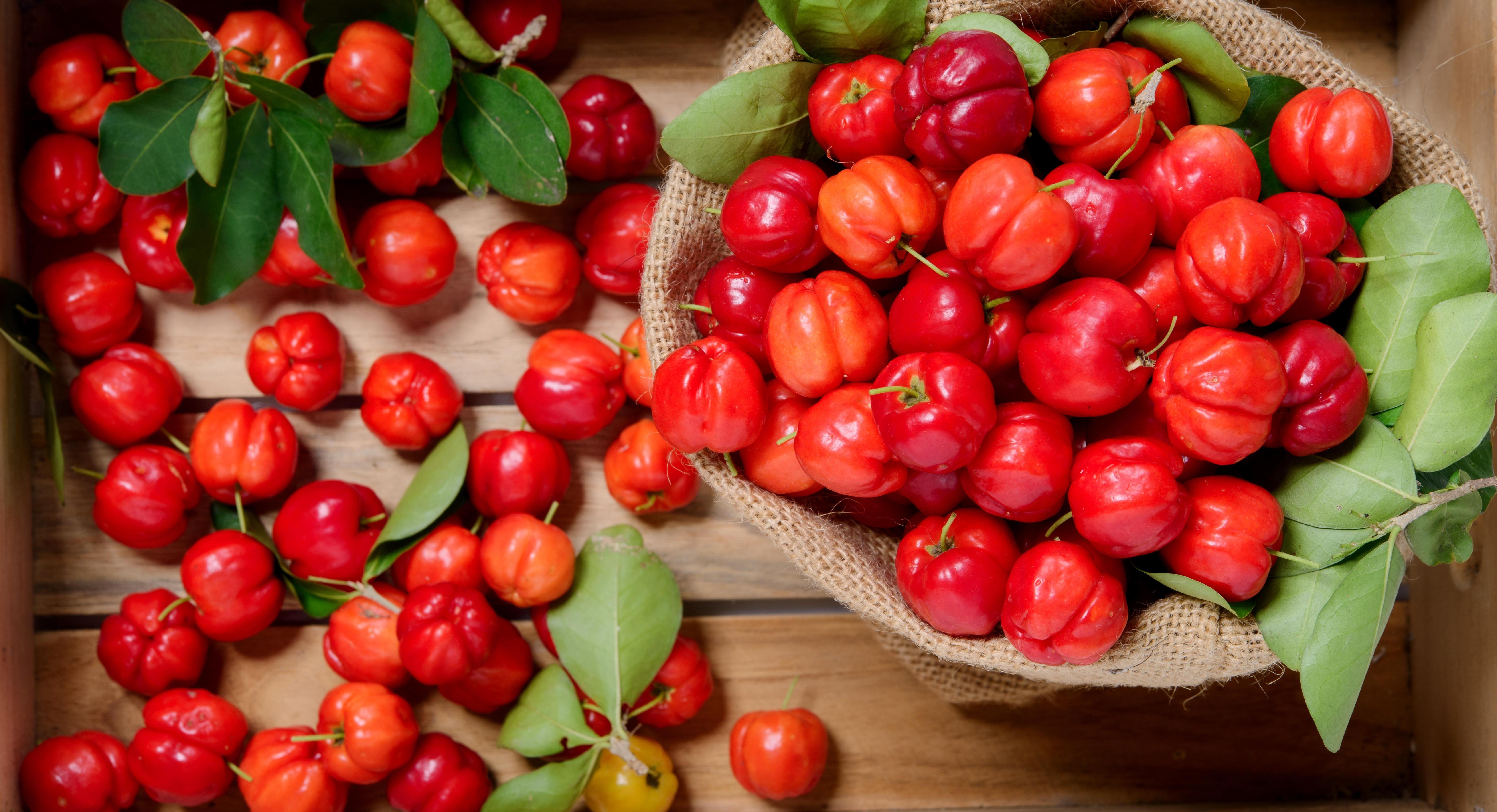
Acerola cherries are one of the most potent natural sources of vitamin C, containing up to 50–100 times more vitamin C than oranges per serving. This tropical cherry, native to South and Central America, is a powerful immune booster, helping to reduce oxidative stress, enhance skin health, and support collagen production. Unlike synthetic vitamin C supplements, acerola cherries contain bioavailable phytonutrients and flavonoids, which increase absorption and provide added anti-inflammatory benefits. Whether consumed as a powder, juice, or whole fruit, this tart cherry is an immunity-boosting alternative to kale that enhances overall vitality.
32. Mustard Greens – The Detoxifying Leafy Green
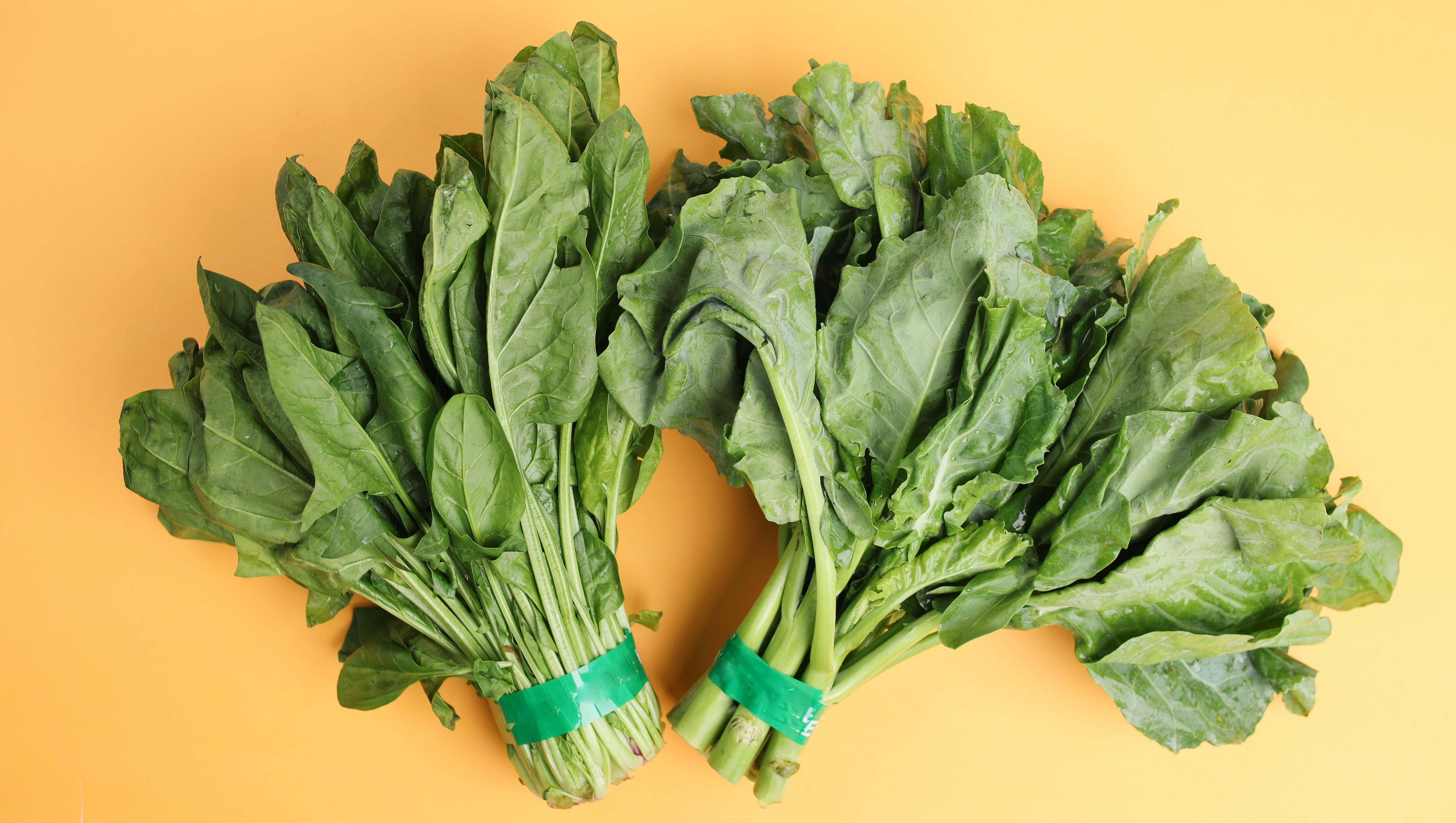
Mustard greens are an underrated leafy green that packs even more glucosinolates (detoxifying compounds) than kale. These compounds help the liver neutralize toxins, fight cancer cells, and support digestion. Mustard greens are also rich in vitamin K, beta-carotene, folate, and fiber, making them an excellent addition to a detoxifying, anti-inflammatory diet. Their naturally peppery, spicy kick adds bold flavor to stir-fries, soups, and salads, offering a potent nutritional boost beyond traditional kale varieties.
33. Salsify – The Gut-Loving “Oyster” Root

Often called the “oyster plant” for its briny flavor when cooked, salsify is a root vegetable rich in inulin, a prebiotic fiber that feeds your gut’s good bacteria. This little-known veggie supports healthy digestion, improves nutrient absorption, and helps regulate blood sugar. Salsify also contains potassium, iron, and vitamin C, making it a quiet-but-mighty immunity and heart health booster. Roast it, mash it, or use it in soups—its creamy texture and savory taste make it a satisfying alternative to starchier roots.
34. Black Currants – The Brain & Vision Berry

Packed with four times more vitamin C than oranges and rich in anthocyanins and gamma-linolenic acid (GLA), black currants are a powerhouse for cognitive health, eye function, and immunity. These small, tart berries have been studied for their potential to enhance memory, reduce mental fatigue, and protect against macular degeneration. Use them in smoothies, compotes, or as dried snacks for a potent, brain-boosting punch far beyond kale’s green glow.
35. Tempeh – The Fermented Protein Block
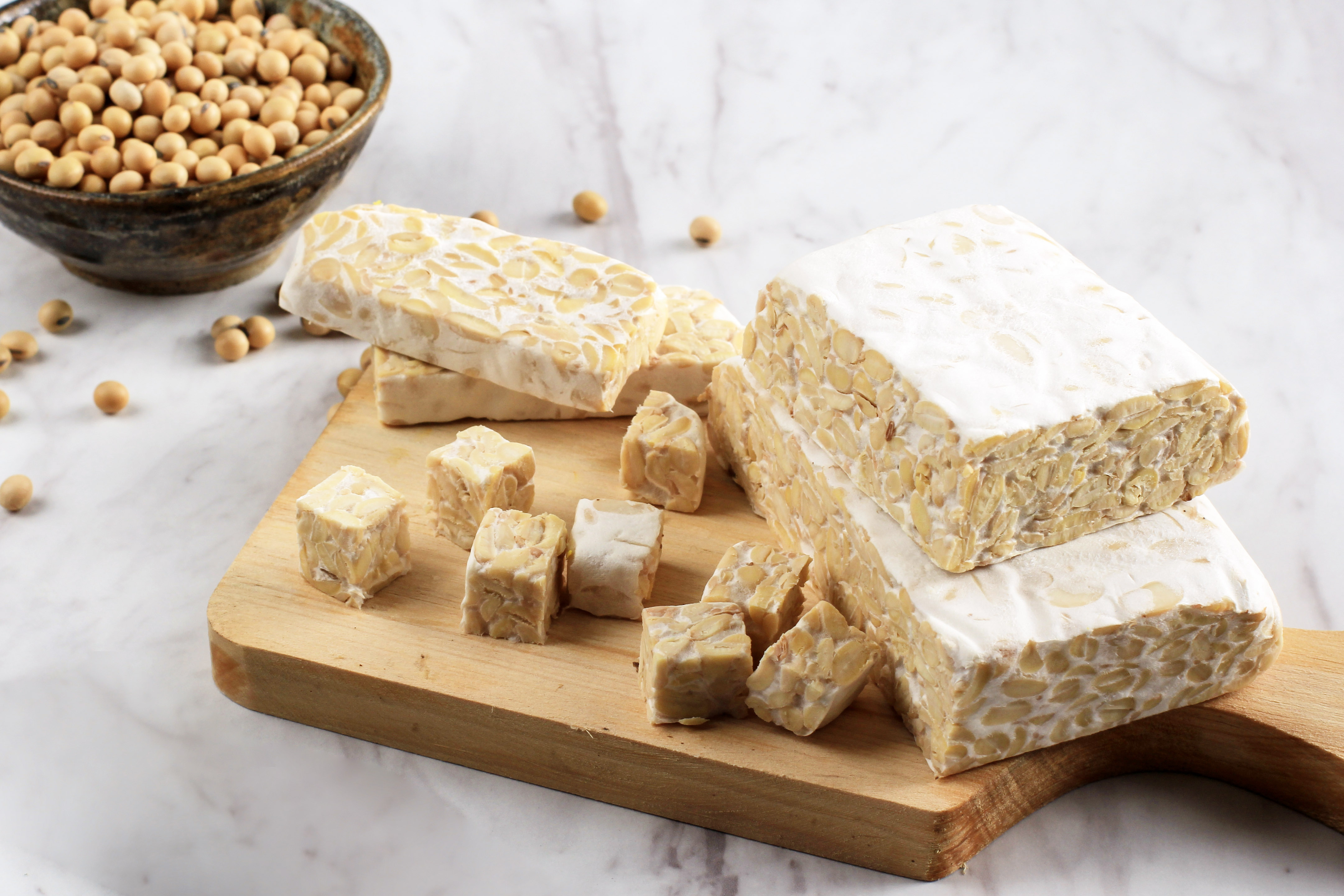
Originating in Indonesia, tempeh is a fermented soy product that’s often overlooked in favor of tofu—but it’s far richer in protein, probiotics, and micronutrients. The fermentation process breaks down antinutrients, making its iron, calcium, and zinc more bioavailable. Plus, it’s a complete protein with a nutty, savory flavor. Tempeh supports gut health, heart function, and muscle repair, making it a gut-friendly protein bomb with more nutritional depth than leafy greens.
36. Purslane – The Wild Weed With Omega-3s
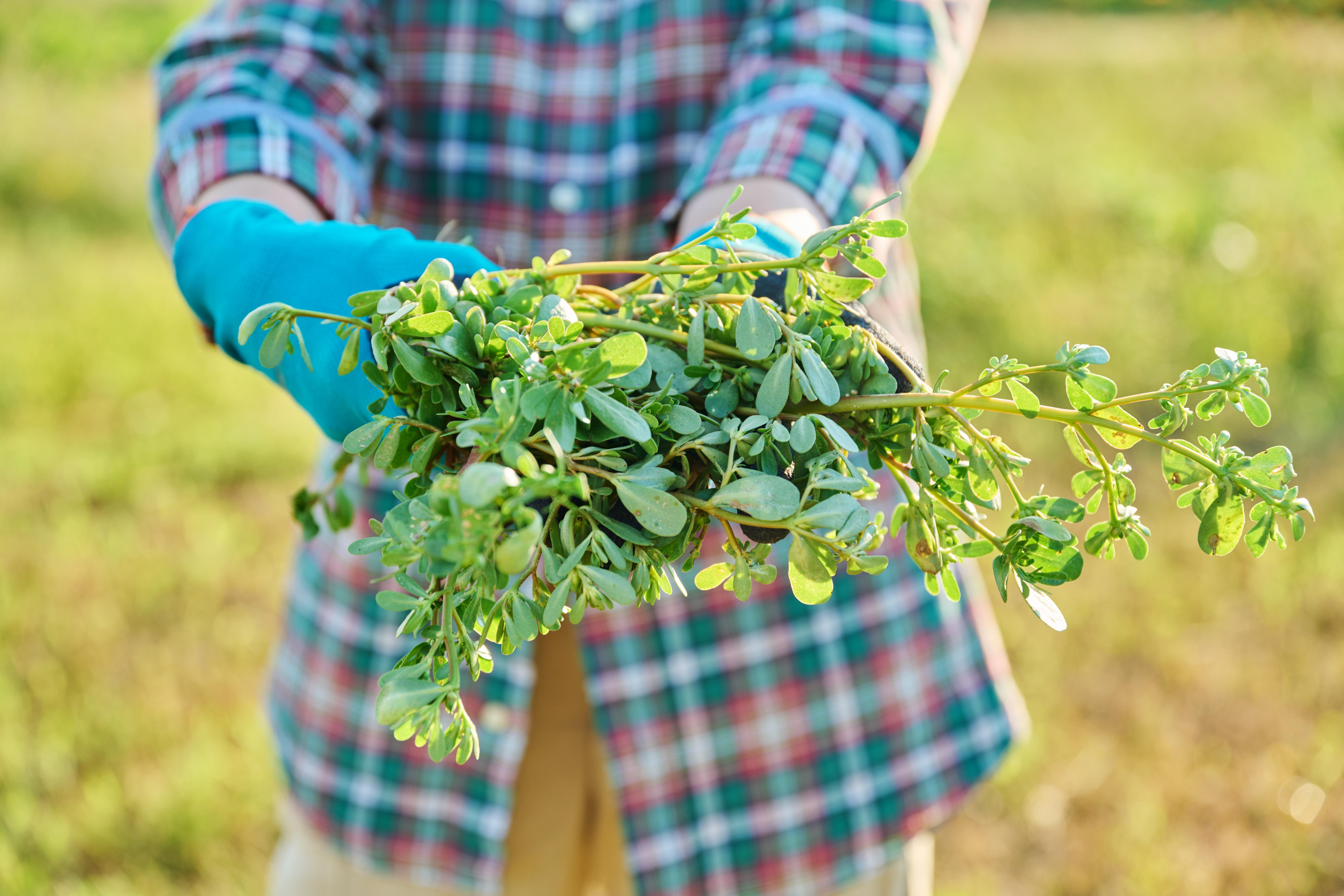
Often dismissed as a garden weed, purslane is actually one of the richest plant sources of alpha-linolenic acid (ALA), an essential omega-3 fatty acid. It also packs more vitamin E than spinach and is a solid source of magnesium and potassium. With its slightly lemony flavor, purslane makes a great addition to salads, tacos, or sandwiches. It’s a wild-foraged superfood that nourishes the body and reduces inflammation—especially valuable for plant-based eaters looking to up their omega-3s.
37. Red Cabbage – The Cruciferous Antioxidant Armor
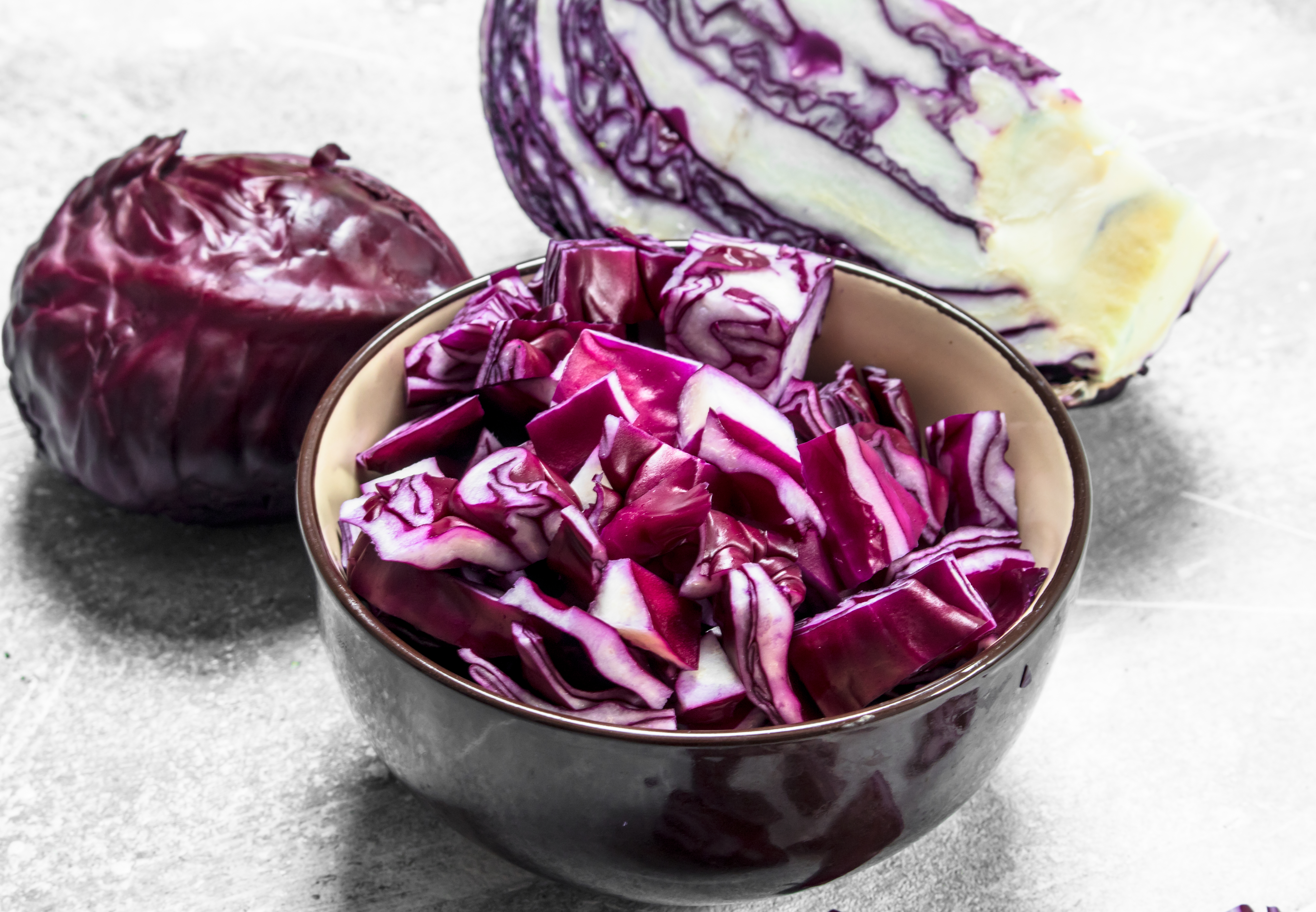
While green cabbage is common, red cabbage delivers even more in terms of antioxidant content, particularly anthocyanins. These compounds help protect against cardiovascular disease, inflammation, and certain cancers. Red cabbage is also high in vitamin K and glucosinolates, which assist with natural detoxification. Whether eaten raw, fermented as sauerkraut, or lightly sautéed, it offers vibrant flavor and color—plus protective nutrients that make it a true unsung hero in the cruciferous family.
38. Tigernuts – The Ancient Prebiotic “Nut” (That’s Not a Nut)
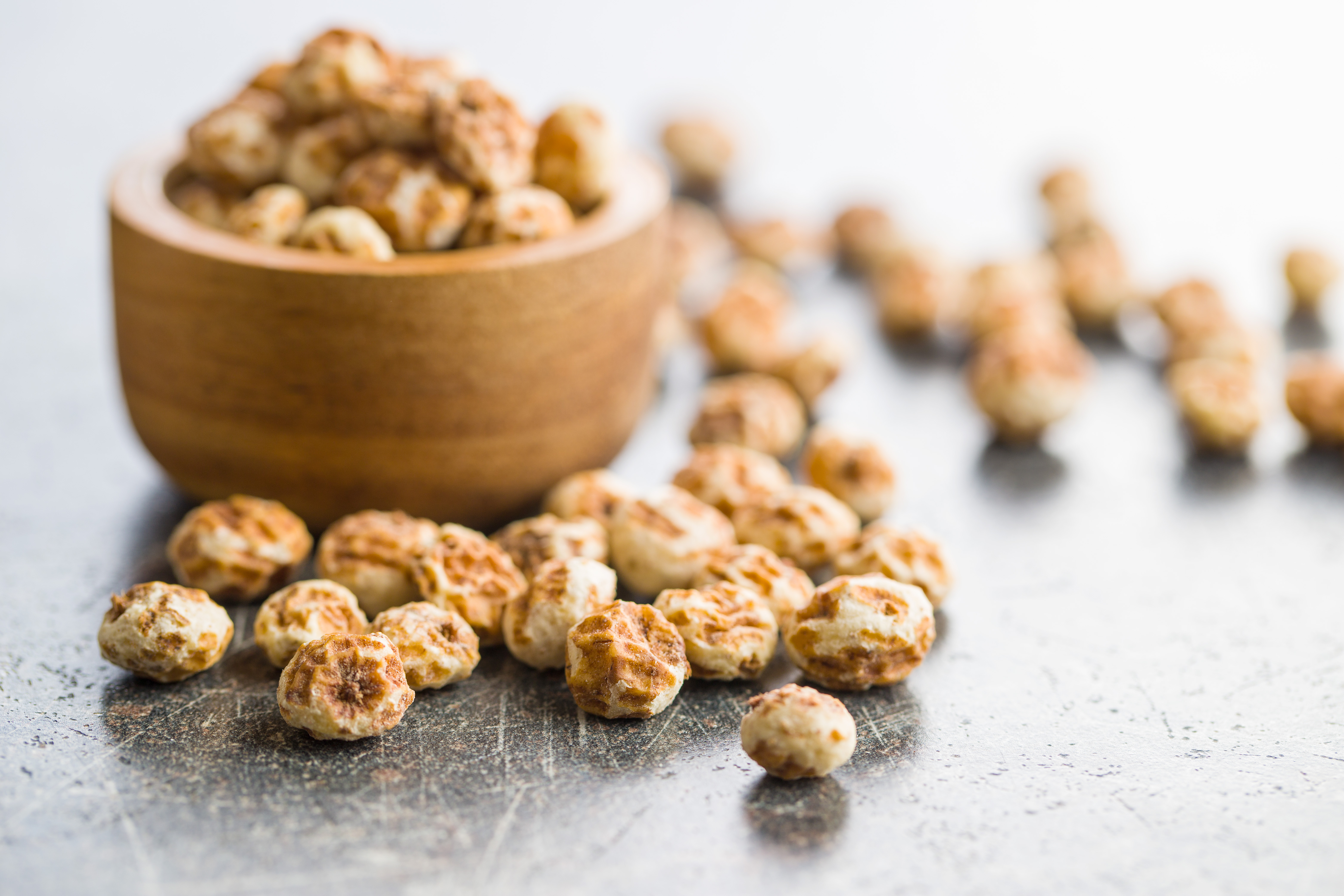
Despite the name, tigernuts are actually small tubers, not nuts, and they’re packed with resistant starch and prebiotic fiber. This makes them excellent for gut health, blood sugar stability, and satiety. Used by ancient Egyptians and now popular in paleo and vegan diets, tigernuts are rich in iron, magnesium, and vitamin E. Eat them whole, blended into “horchata de chufa,” or ground into flour for a gluten-free baking boost.
39. Lotus Seeds – The Anti-Aging Ayurvedic Snack
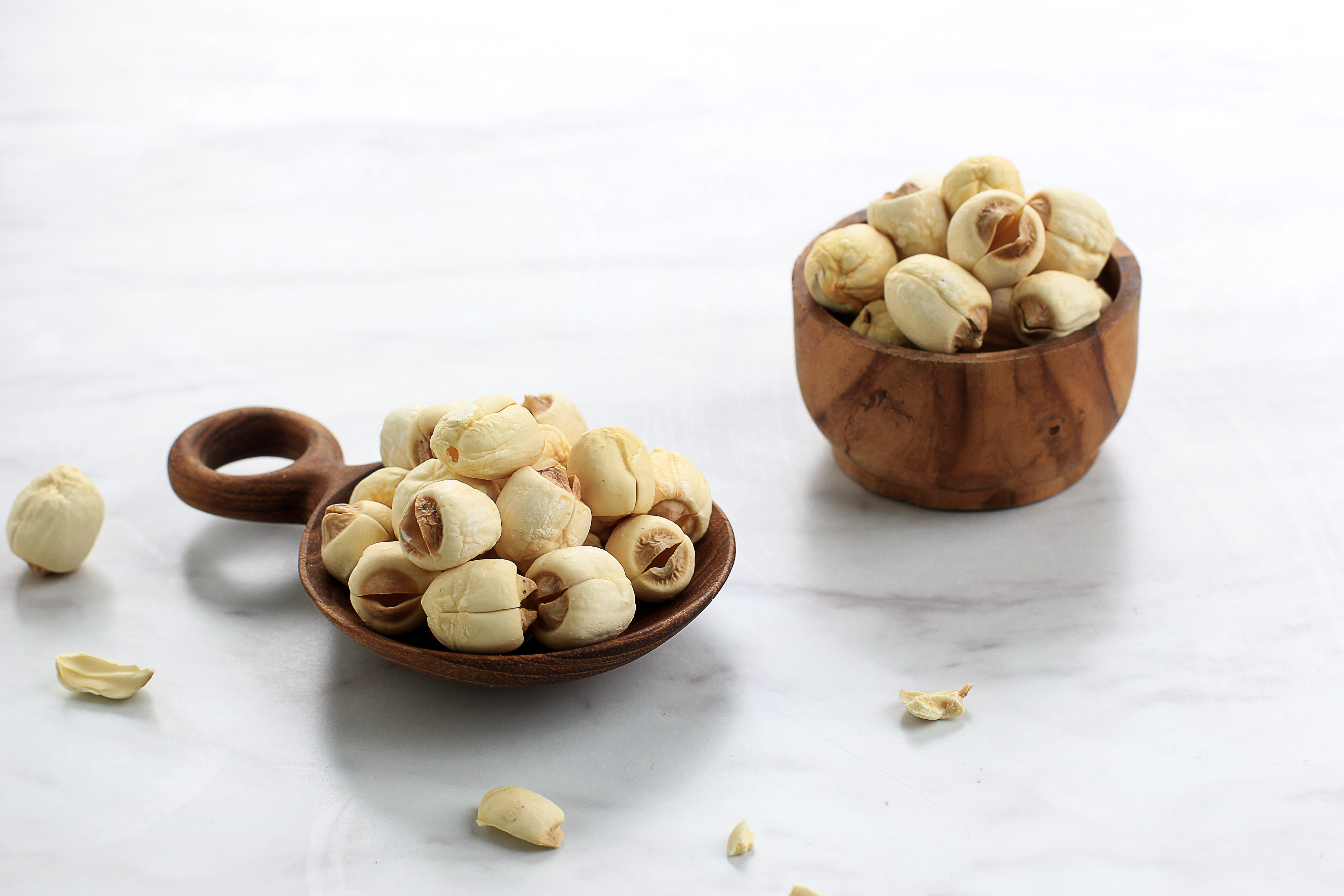
Used in Traditional Chinese and Ayurvedic medicine for centuries, lotus seeds (also called makhana or fox nuts) are low in fat, high in protein, and rich in antioxidants like kaempferol—linked to anti-inflammatory and anti-aging effects. They're also a good source of magnesium, which supports relaxation and cardiovascular health. Lightly roasted, they become a crunchy, popcorn-like snack that supports joint, brain, and skin health—a totally unexpected rival to your standard leafy greens.
40. Sorghum – The Climate-Resilient Supergrain
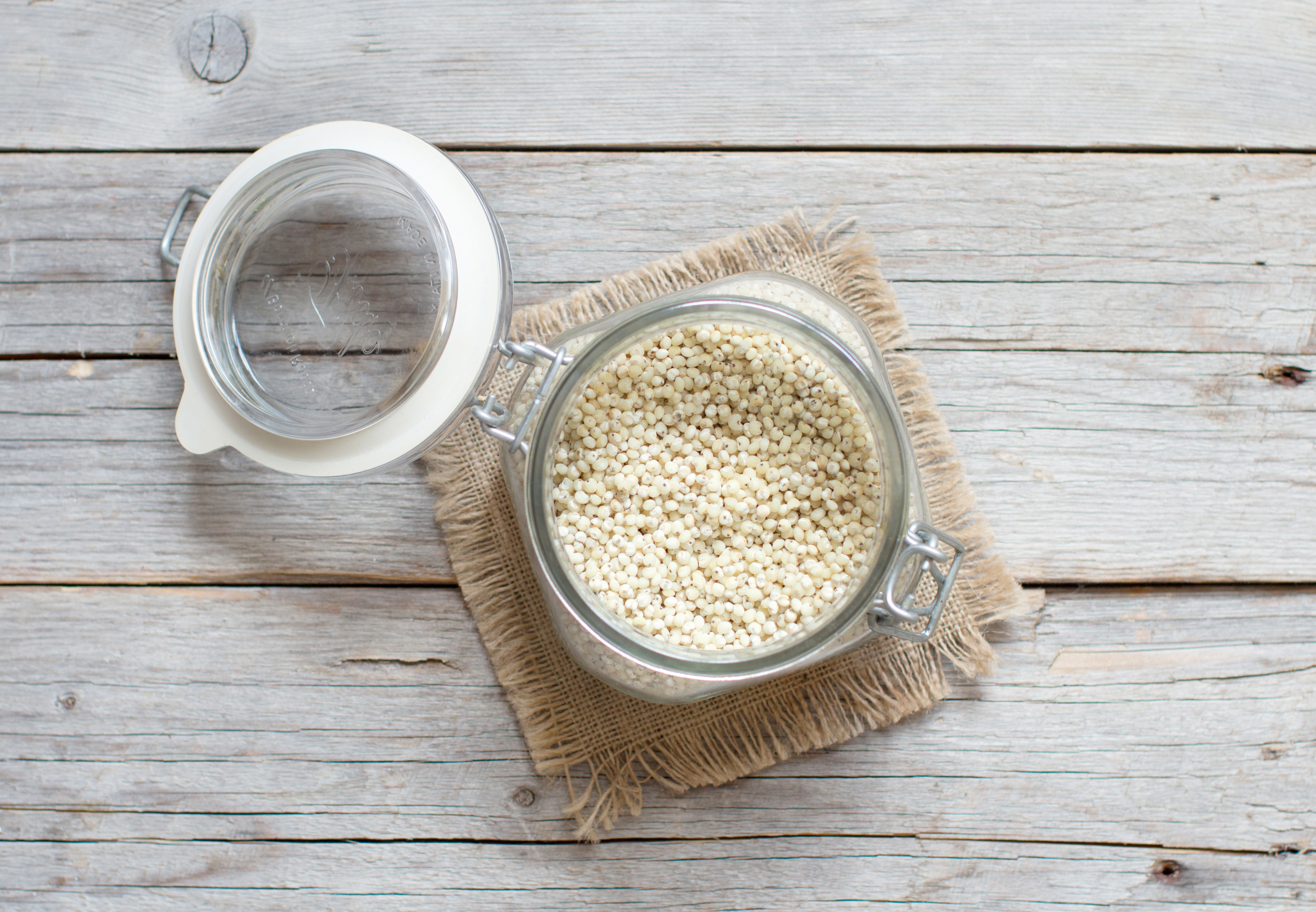
Naturally gluten-free and high in antioxidants, protein, and fiber, sorghum is a highly sustainable ancient grain gaining recognition for its nutritional punch and low environmental impact. It contains polyphenols that fight inflammation and help regulate blood sugar. Sorghum flour is excellent for baking, and whole-grain sorghum can be cooked like quinoa or popped like popcorn. It's not just good for you—it's good for the planet.
41. Green Banana Flour – The Resistant Starch Champion
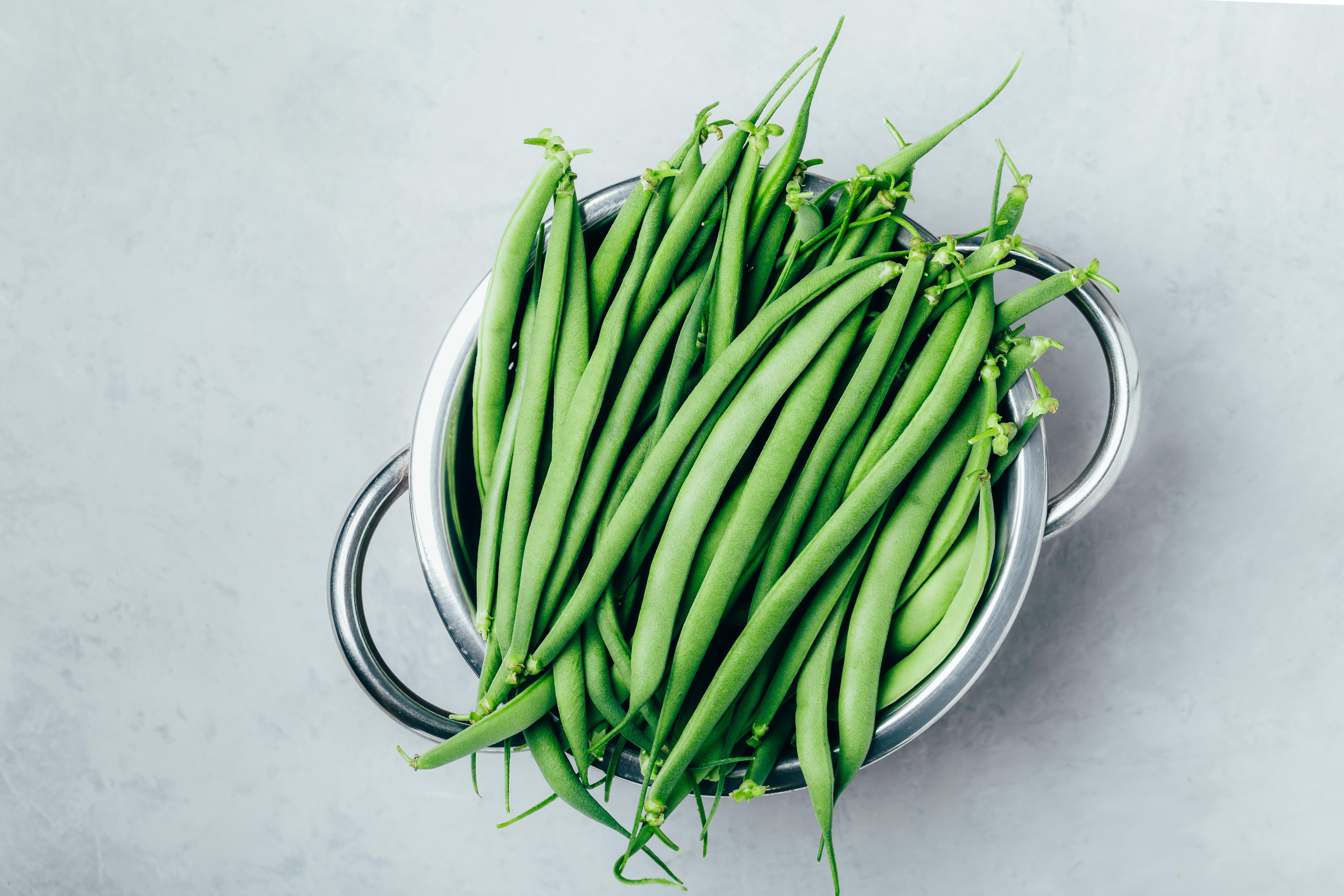
Made from unripe green bananas, this flour is one of the richest natural sources of resistant starch—a unique type of fiber that feeds gut bacteria, balances blood sugar, and supports weight management. Green banana flour is also high in potassium and magnesium. It’s neutral in taste and can be used in smoothies, pancakes, or as a gluten-free flour alternative. Its gut health benefits make it a stealthy and versatile superfood worth adding to your rotation.
42. Avocado Leaves – The Anti-Inflammatory Herbal Secret
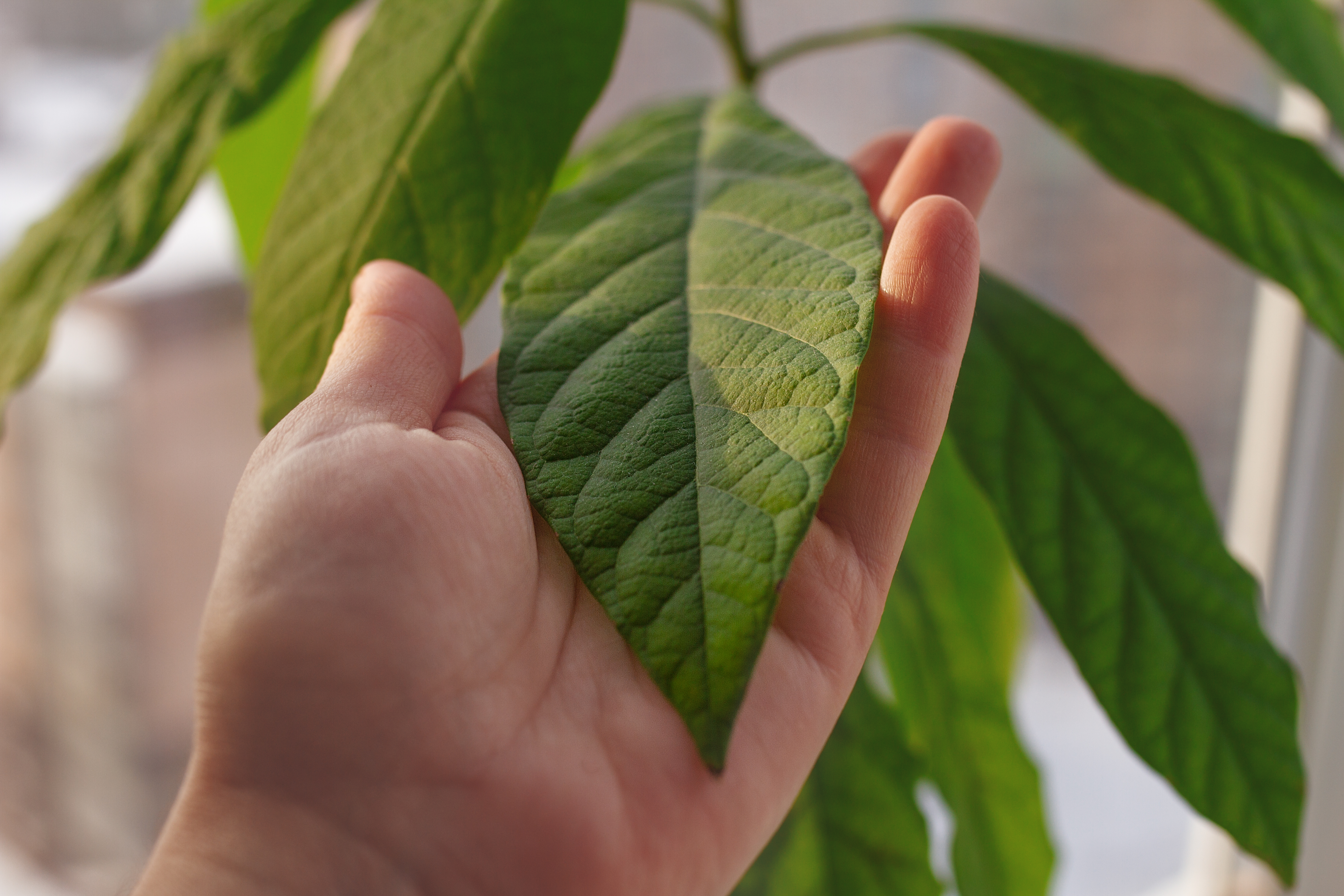
Most people love avocados, but the leaves are where the real magic lies. Used traditionally in Mexican herbal medicine, avocado leaves contain quercetin, polyphenols, and flavonoids that reduce inflammation, regulate blood sugar, and fight oxidative stress. Often steeped as tea or used to flavor beans and stews, the leaves offer a unique herbal addition with serious health benefits that go far beyond the fruit’s creamy flesh—and way beyond what kale offers.
Embracing a Diverse Diet
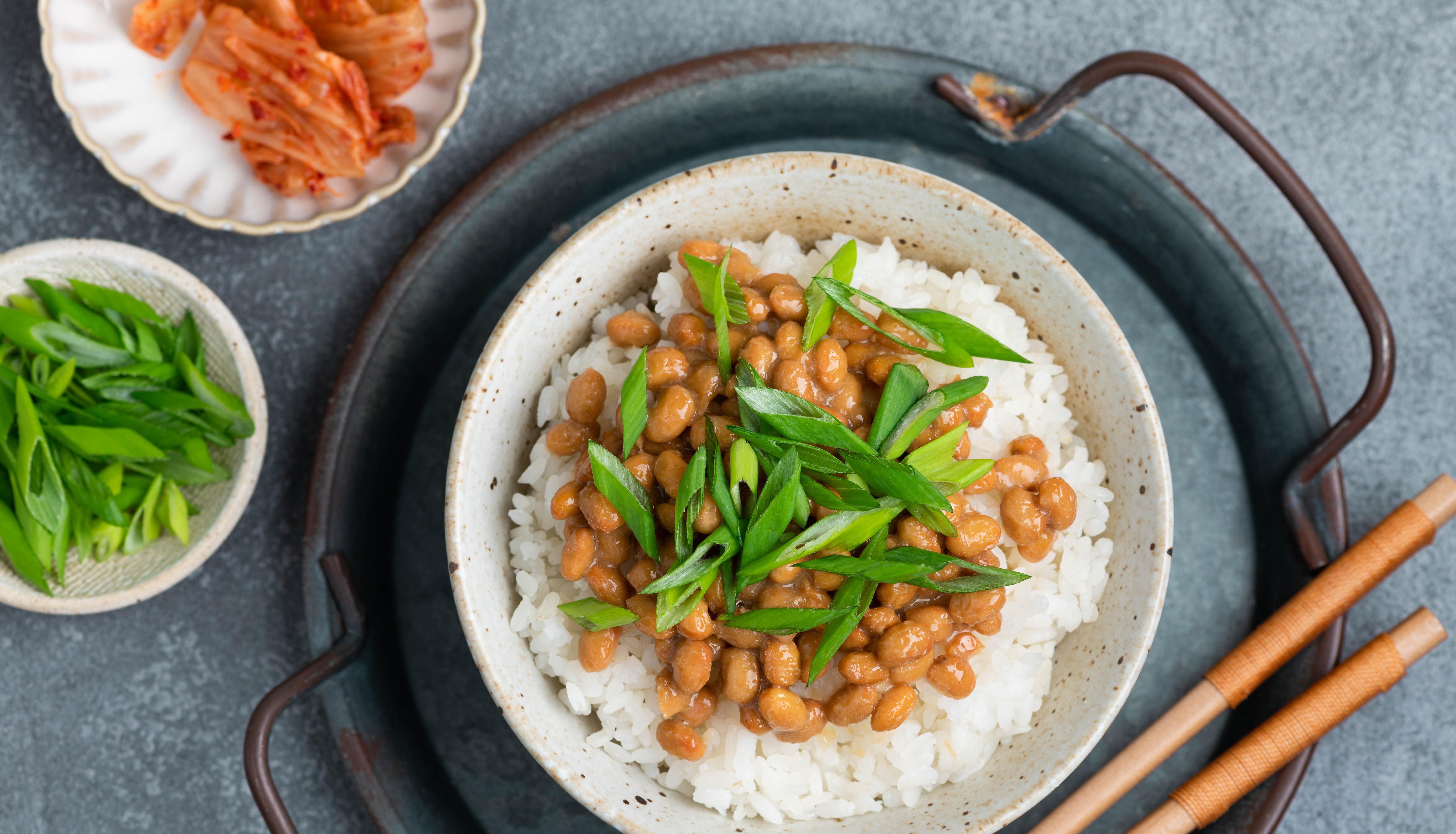
As we conclude our exploration of these 42 nutrient powerhouses, it becomes clear that there is a world of nutritional diversity beyond kale. Each of these foods offers unique health benefits and can enrich our diets in ways that kale alone cannot. By embracing a diverse diet that includes these lesser-known superfoods, we can enhance our overall health and well-being, support our immune system, and reduce the risk of chronic diseases. Whether you're looking to boost your protein intake, increase your antioxidant consumption, or simply try something new, these nutrient powerhouses offer something for everyone. As we continue to learn more about the incredible benefits of these foods, we can look forward to a future of vibrant health and culinary adventure.